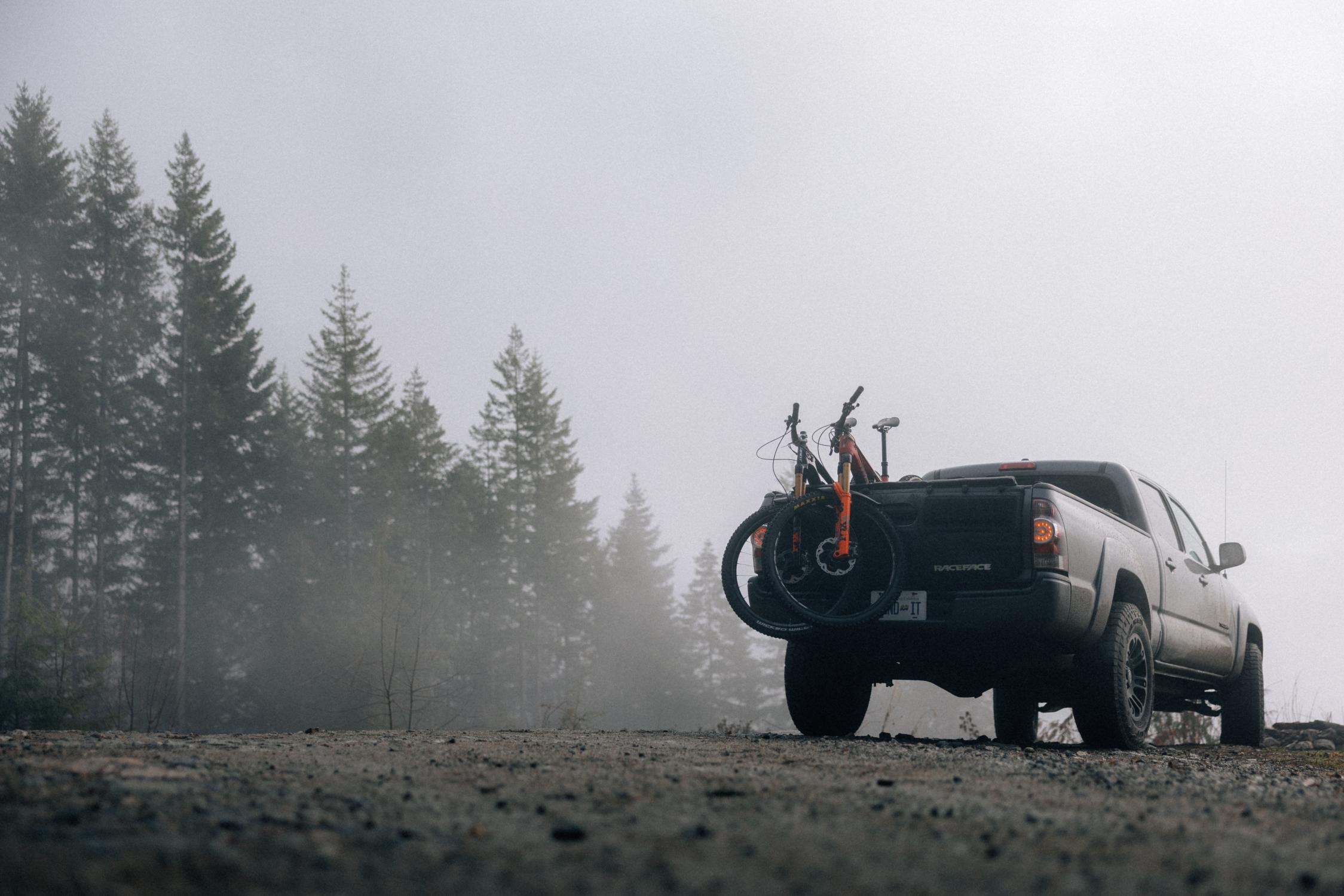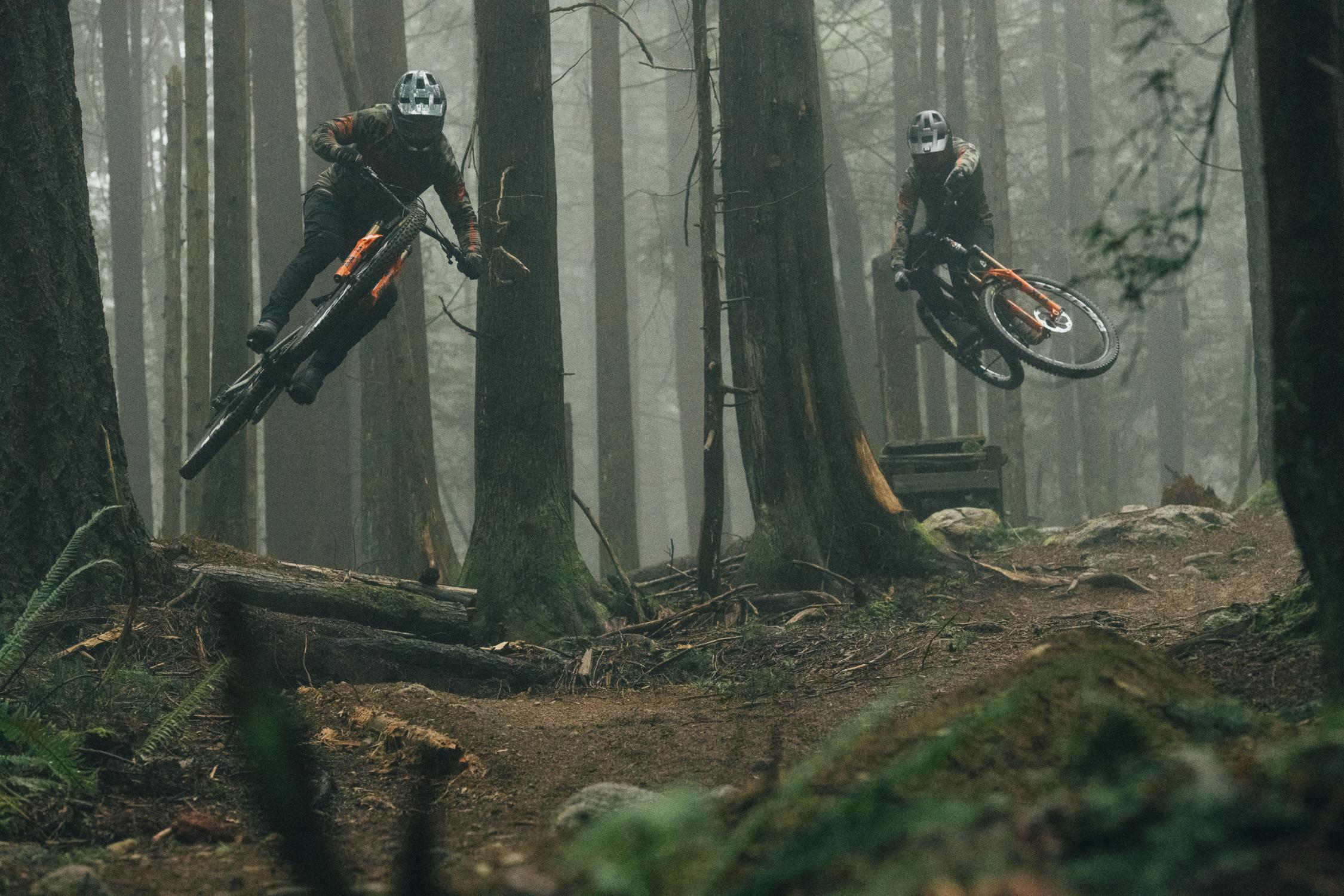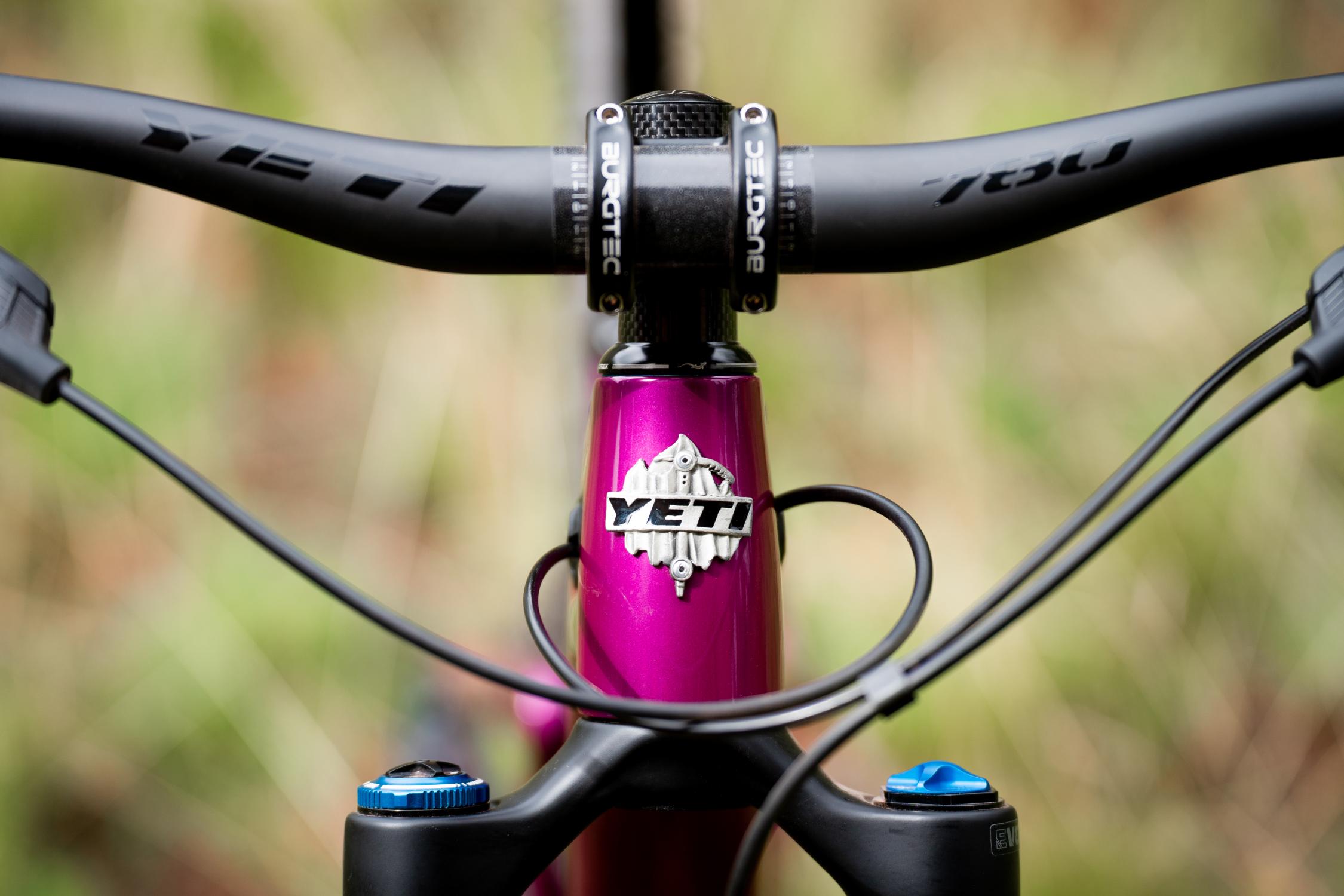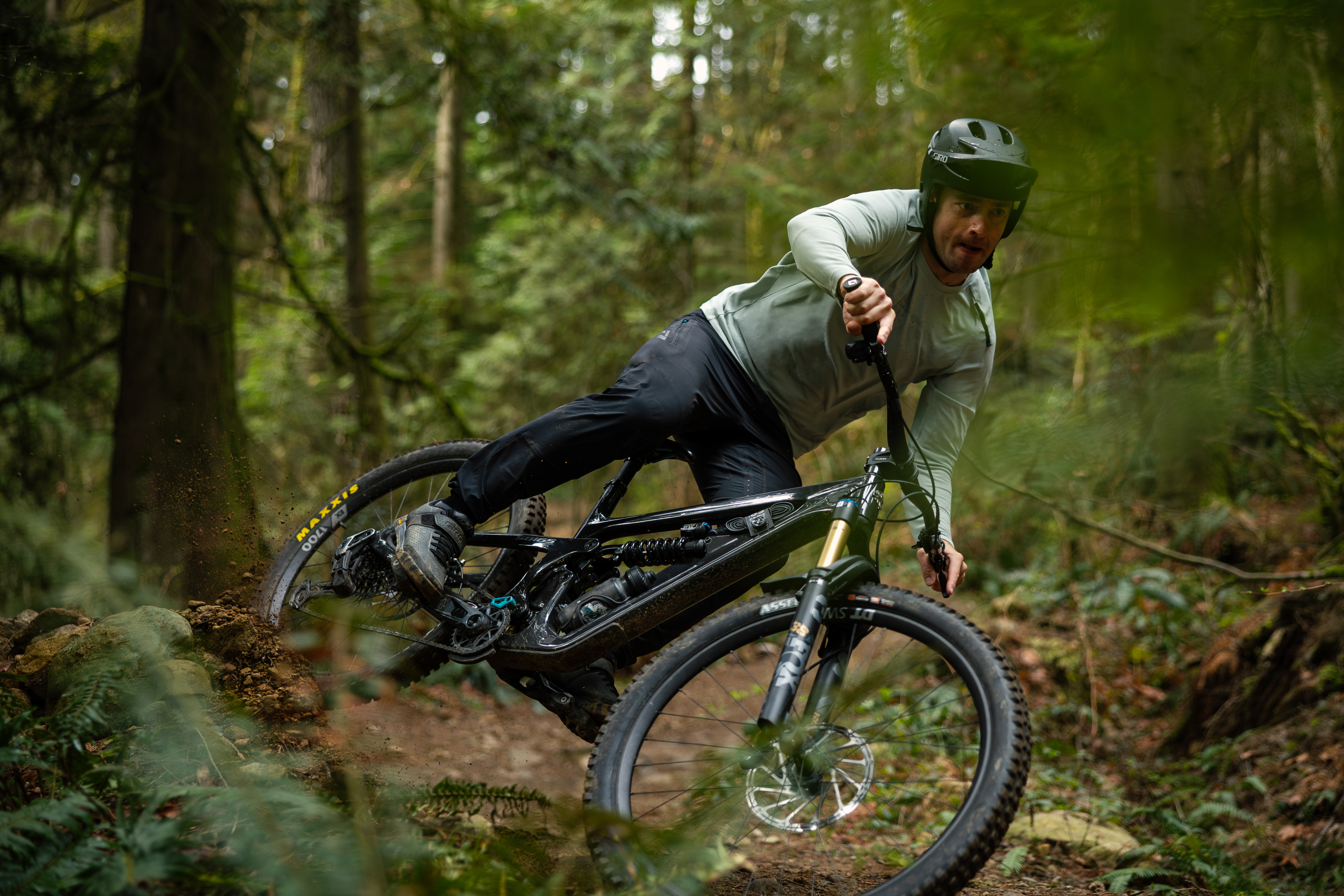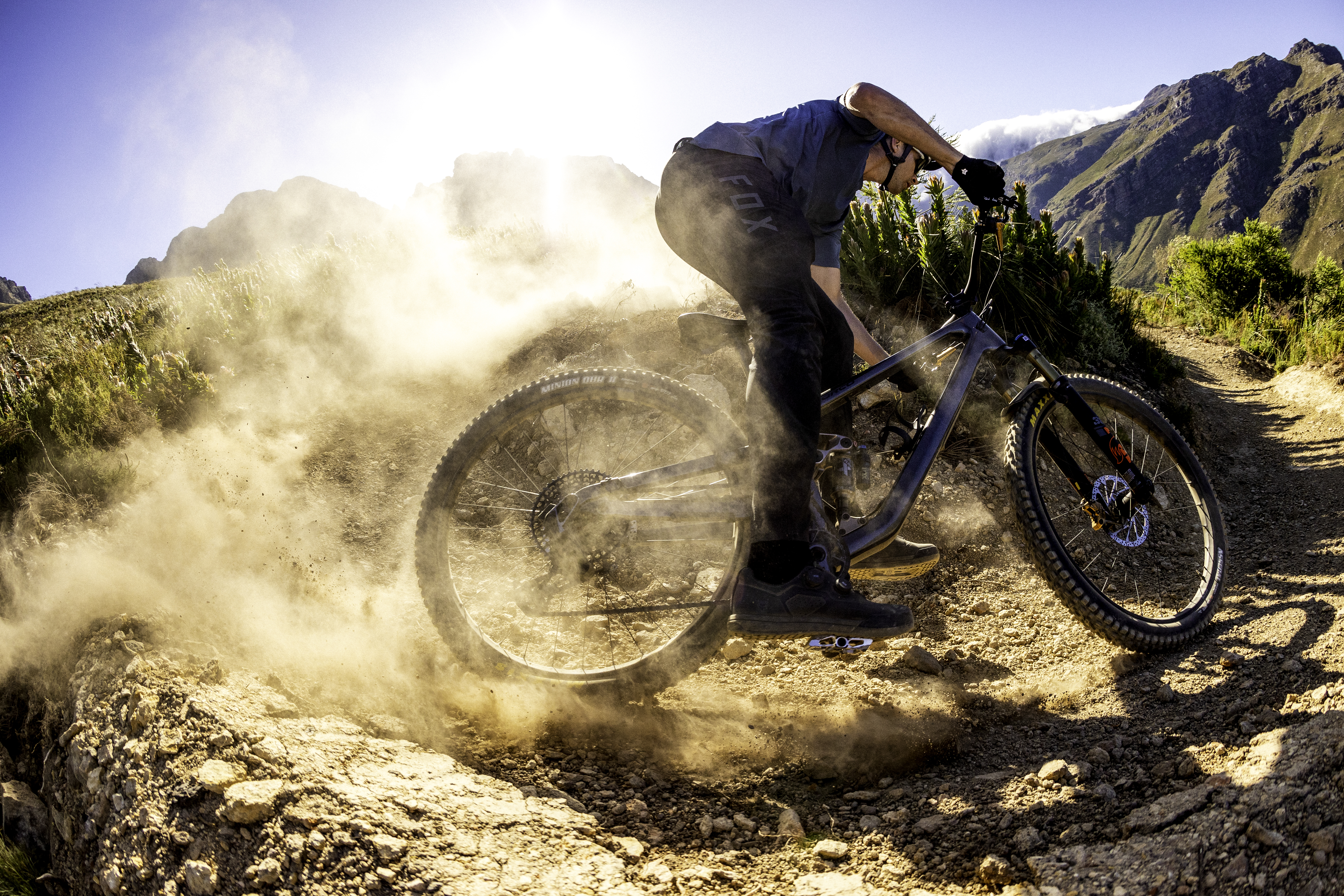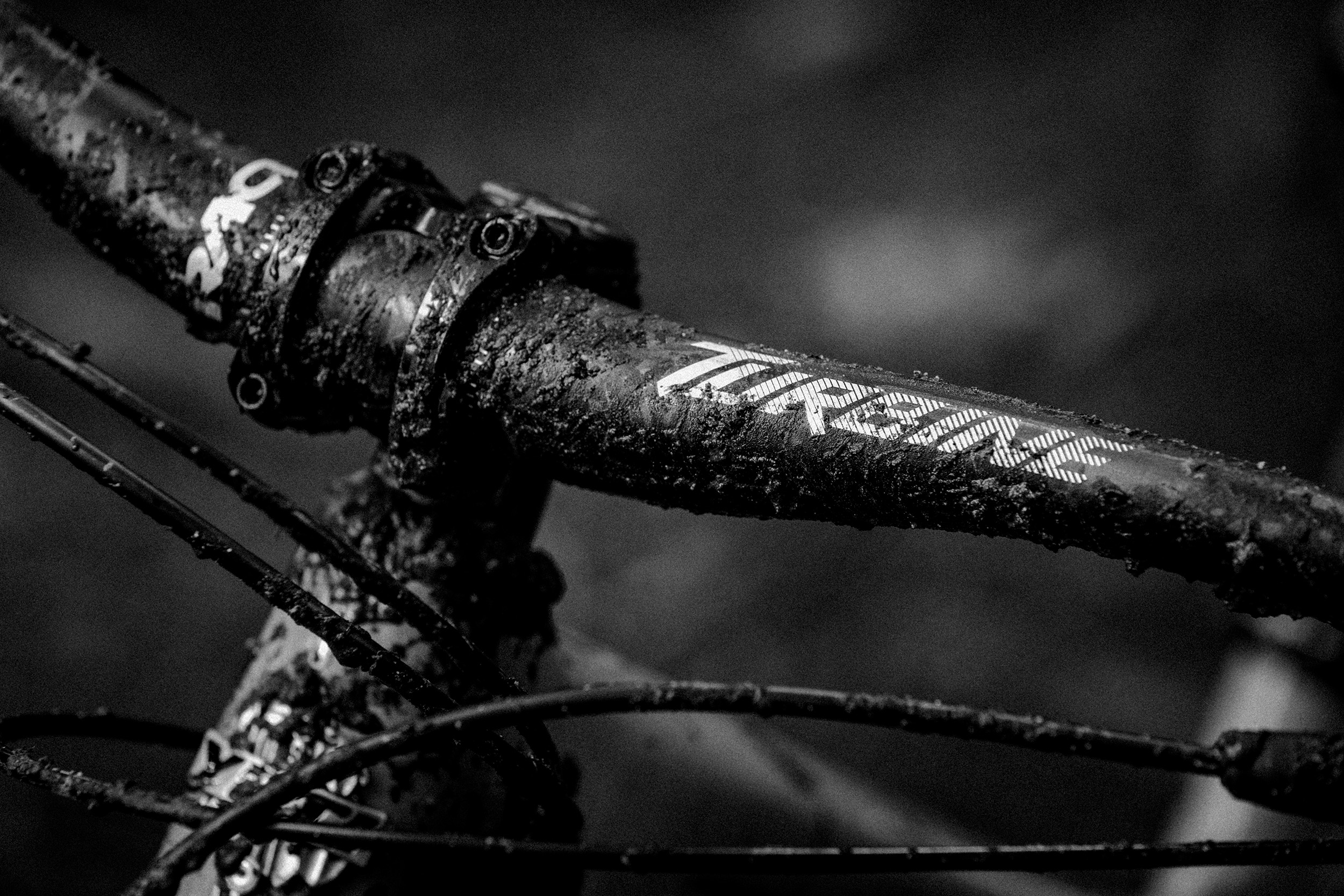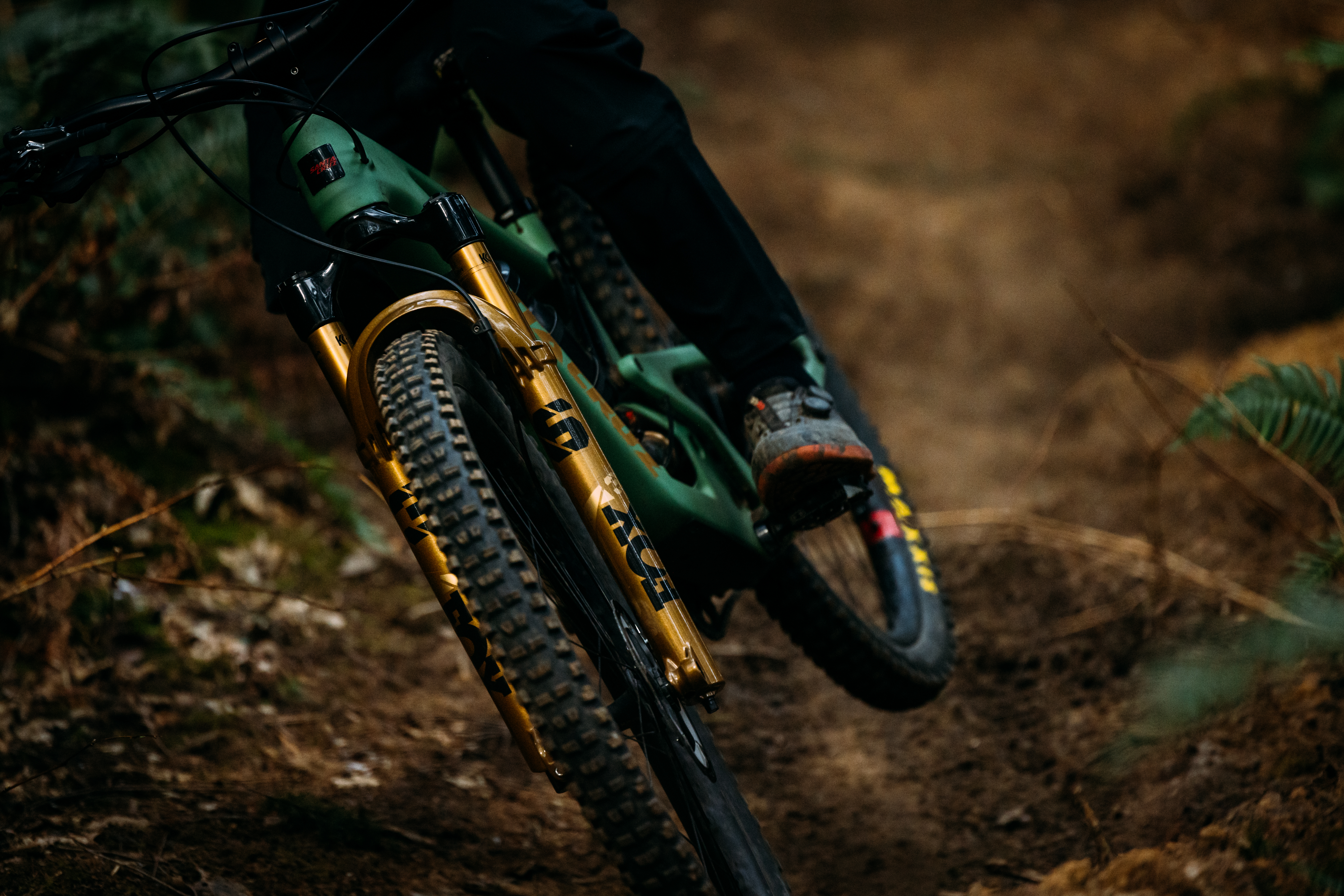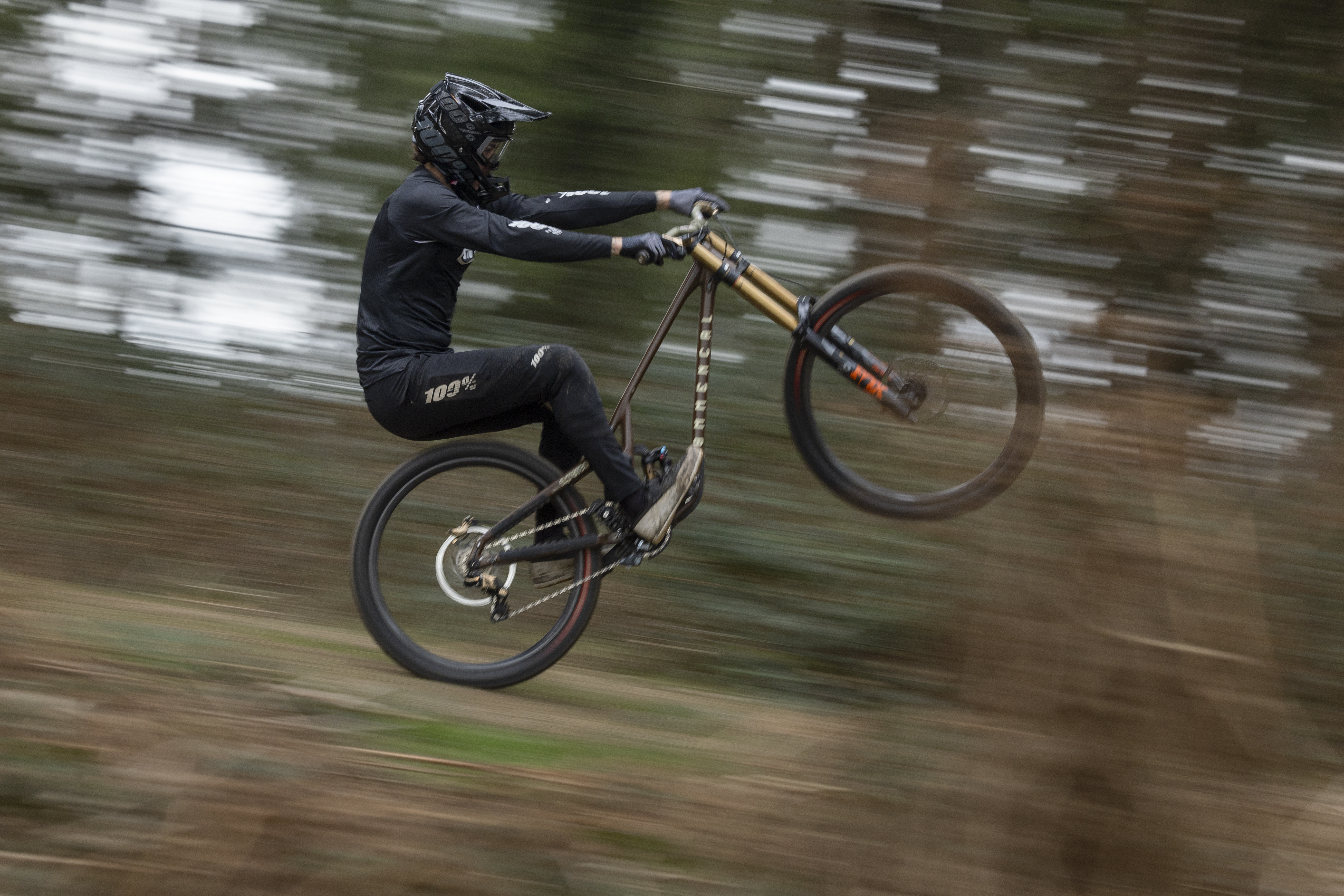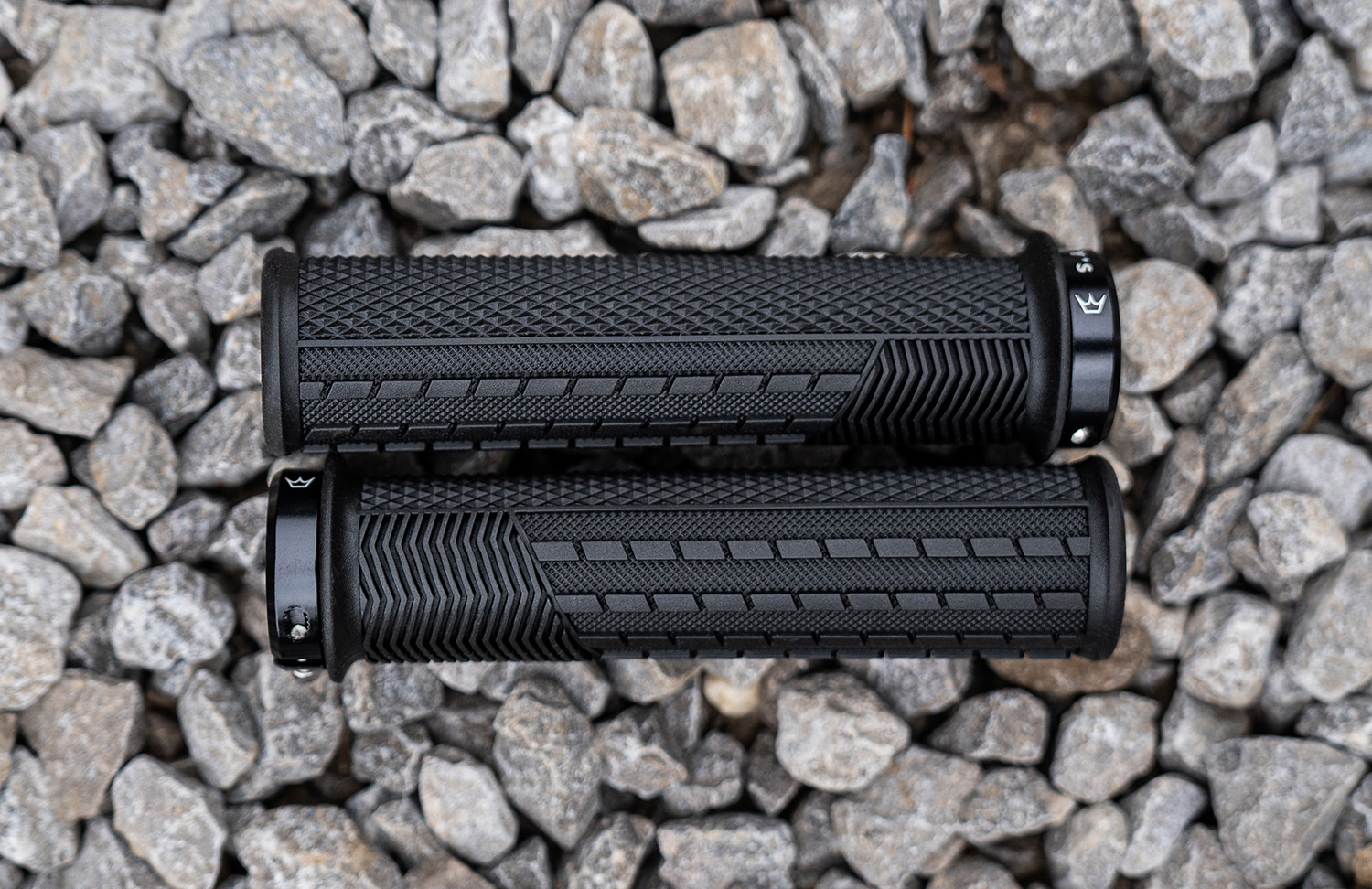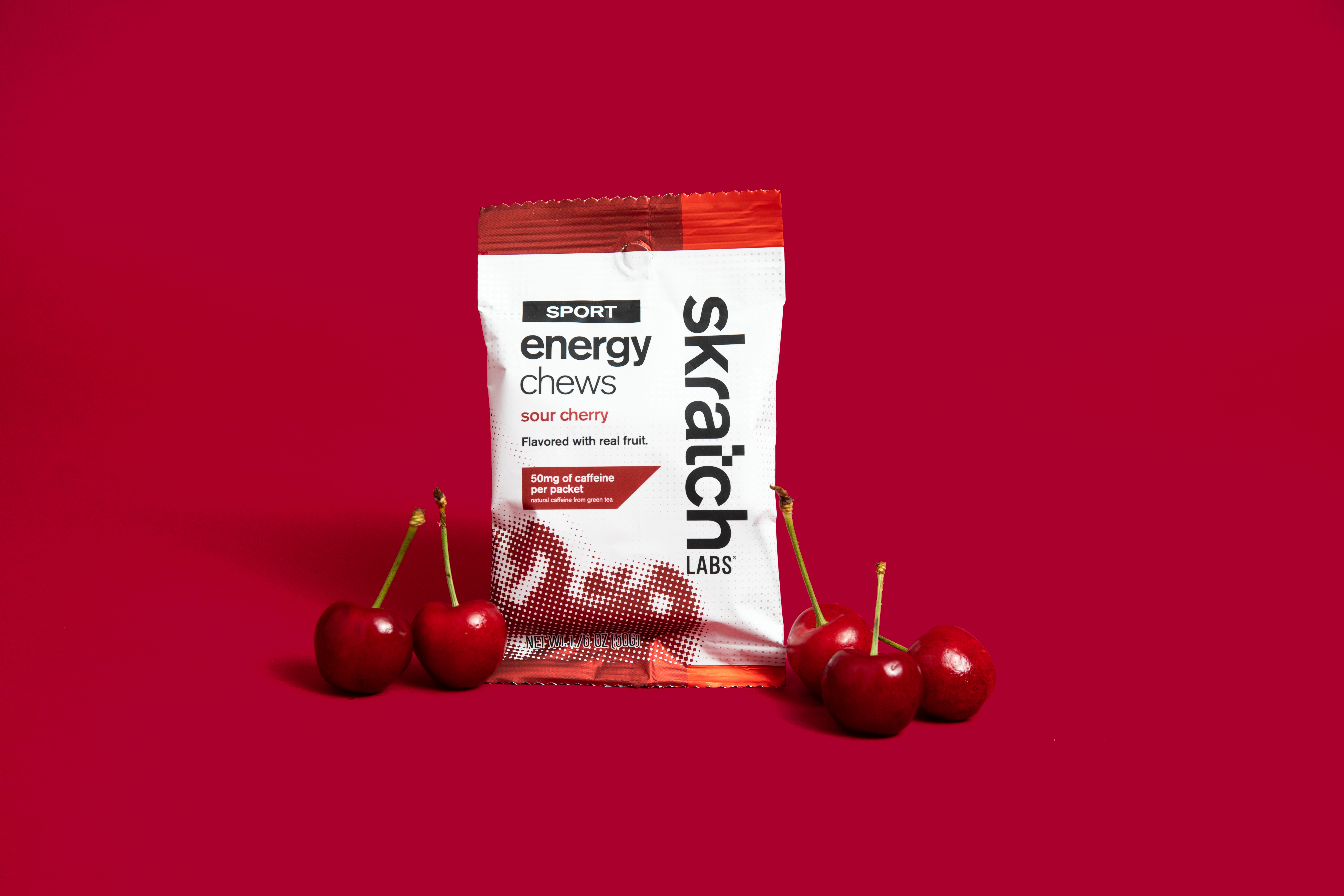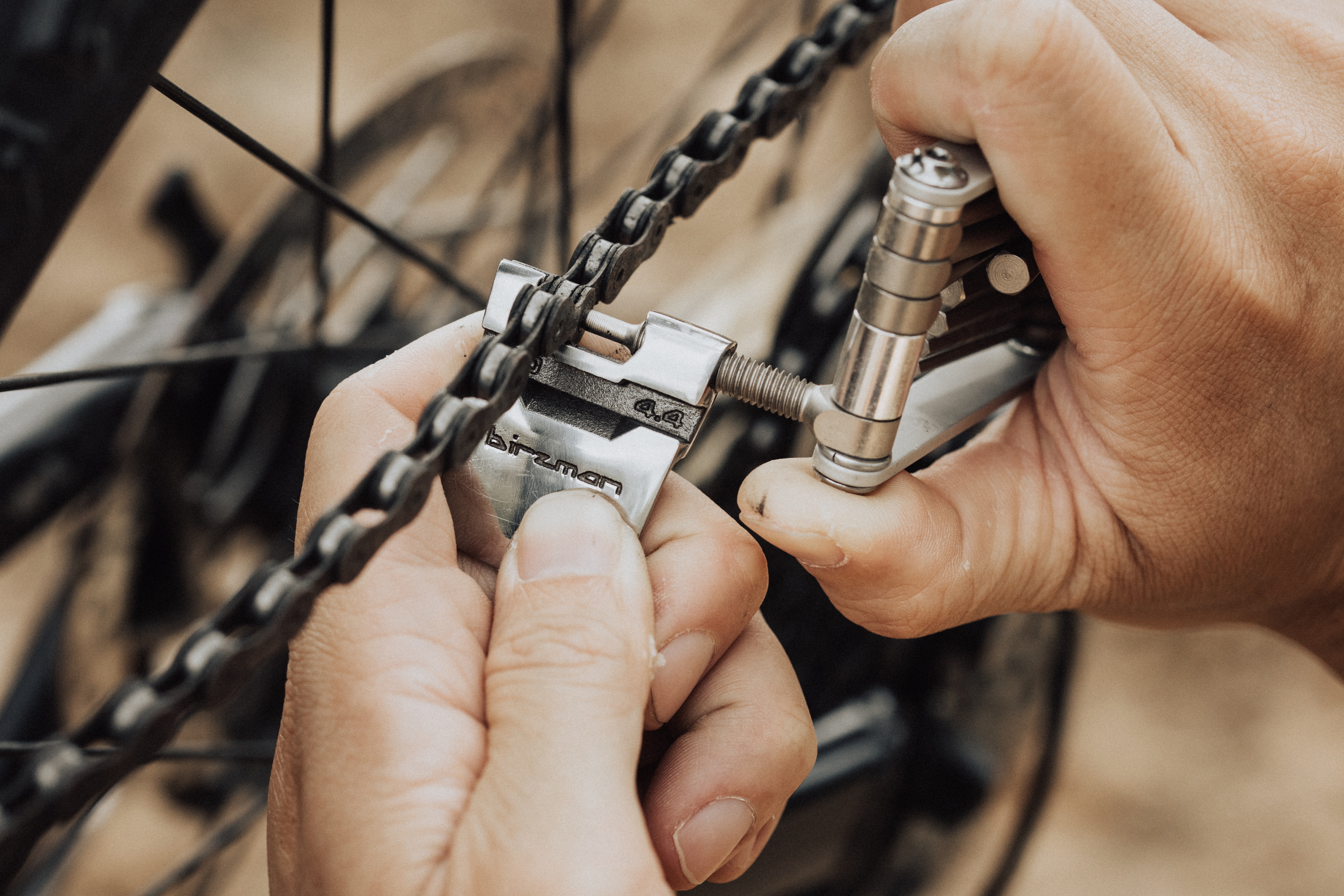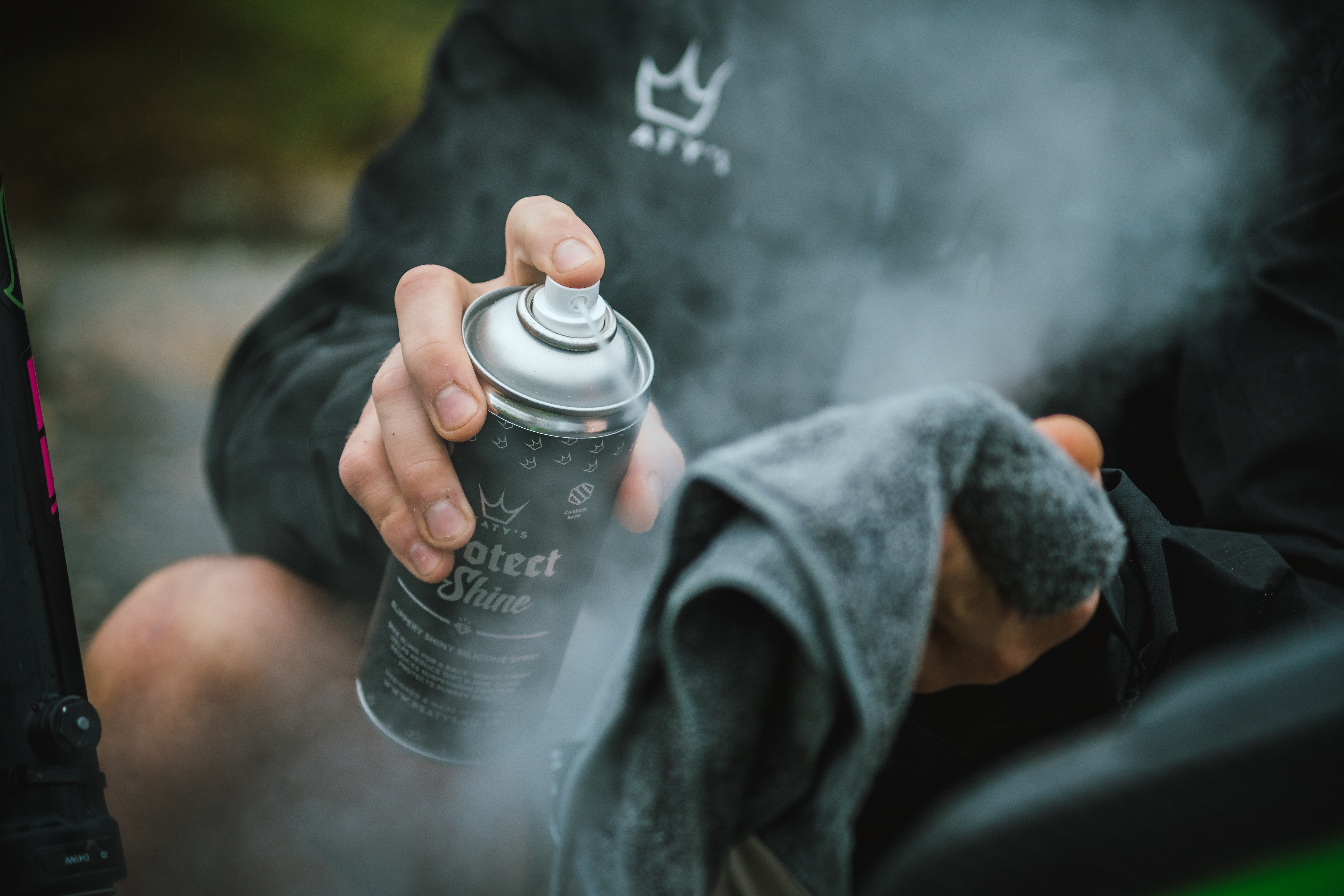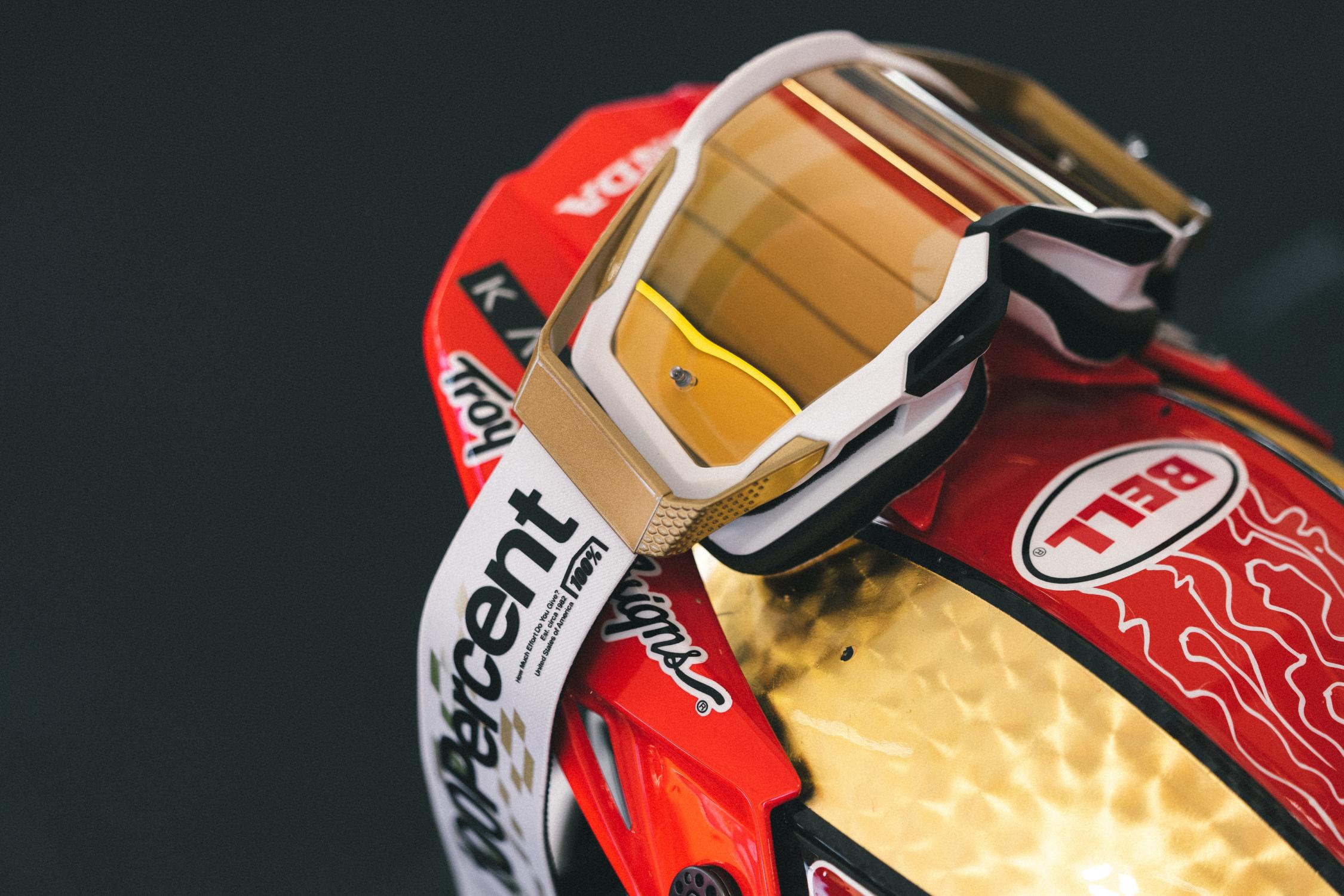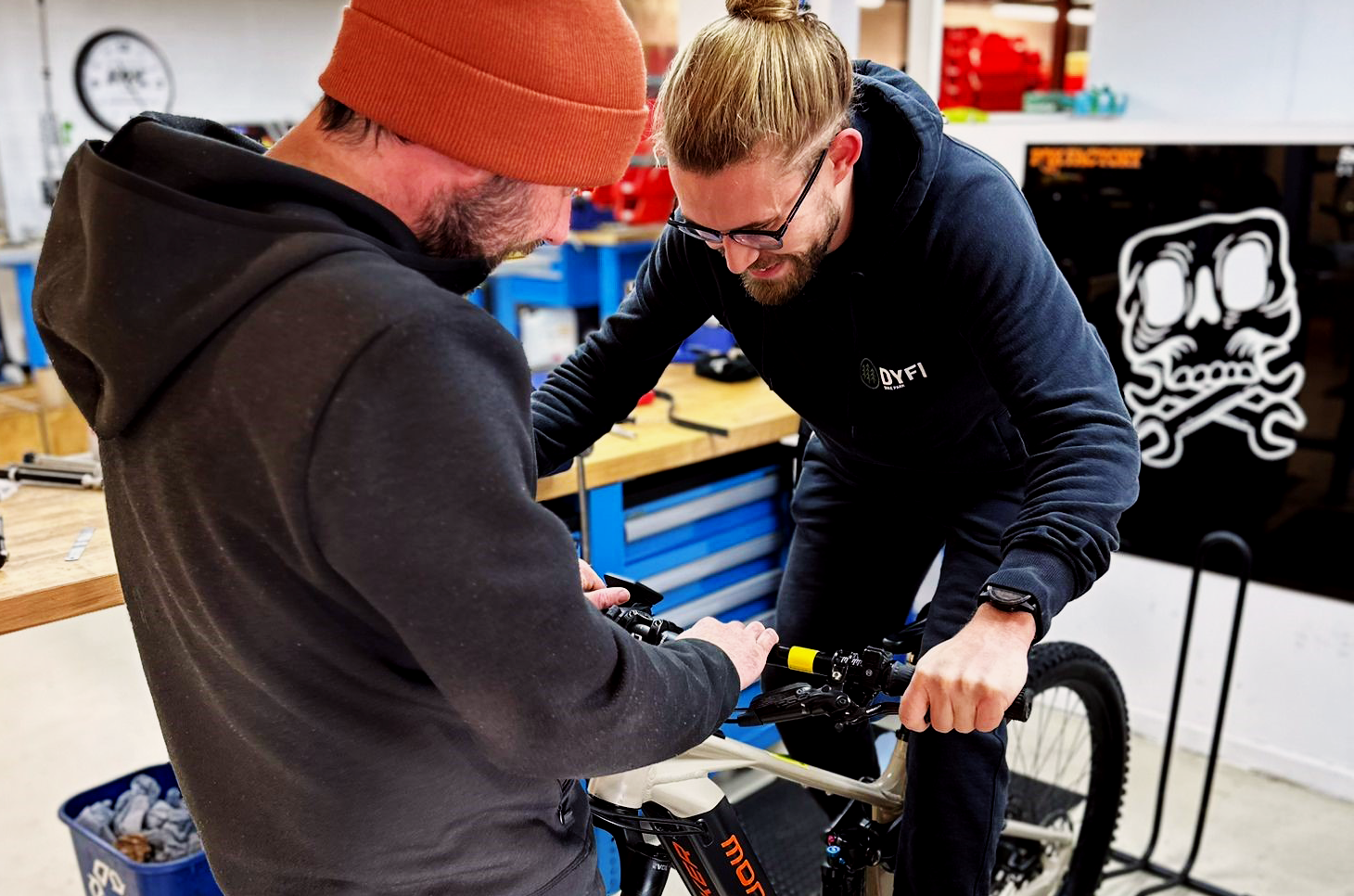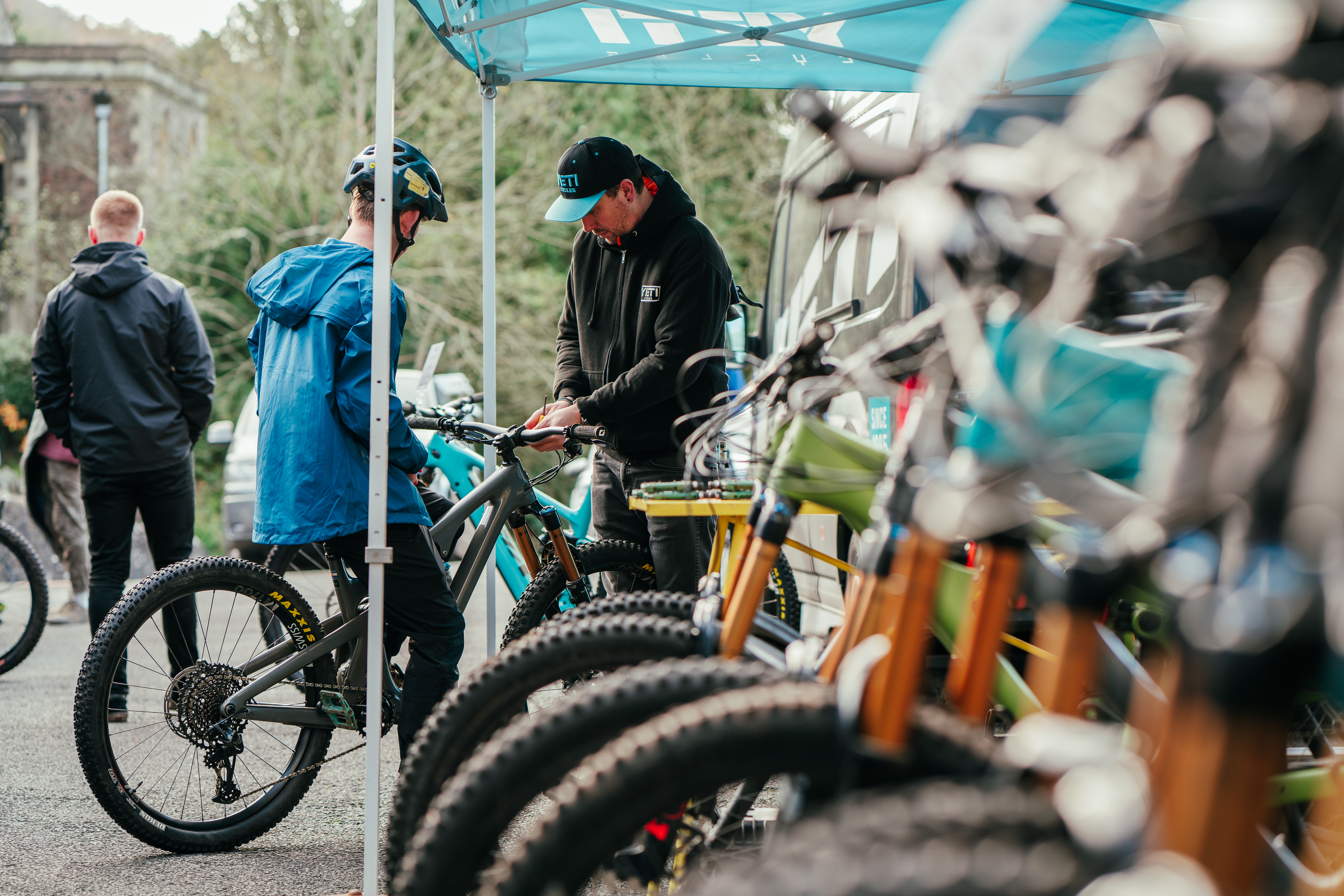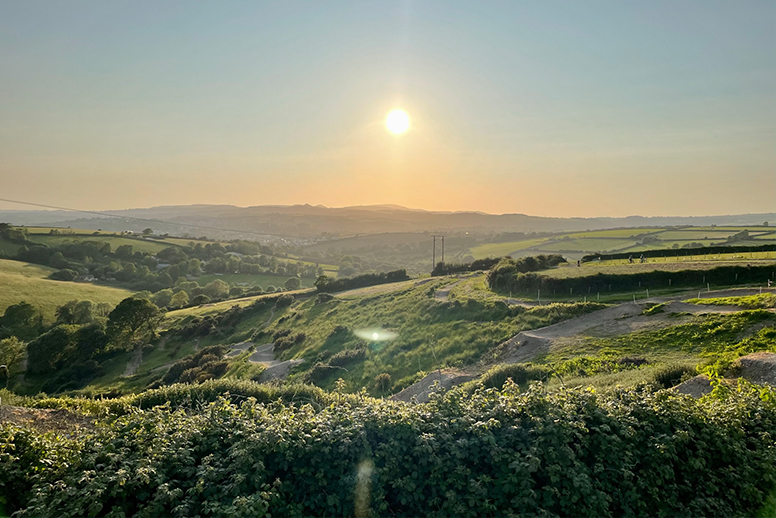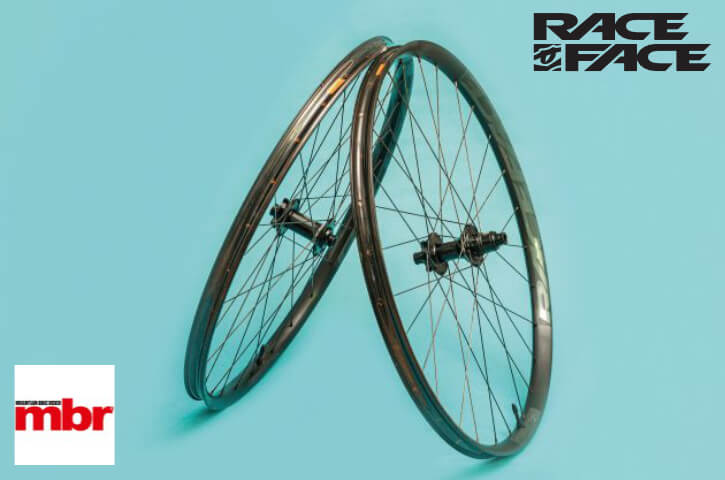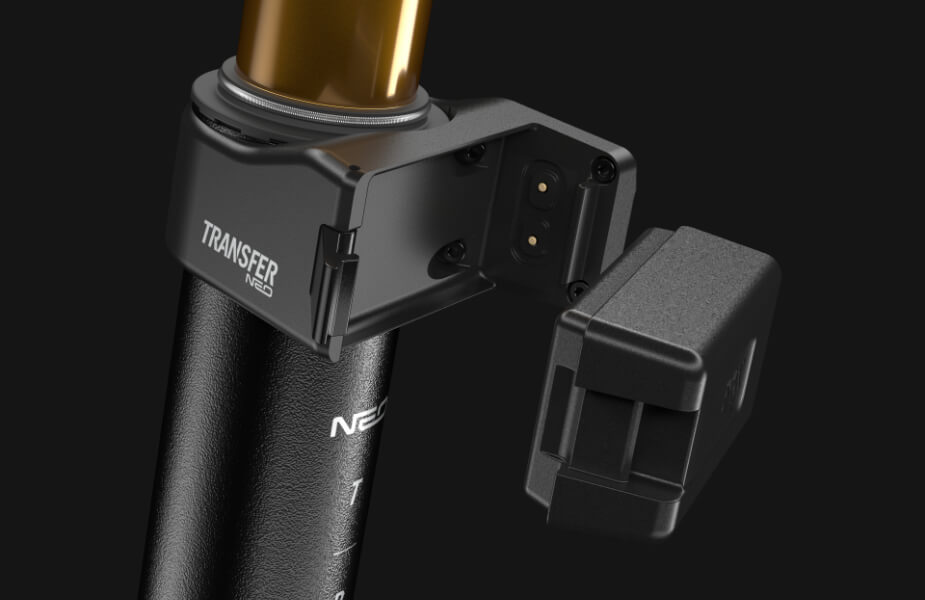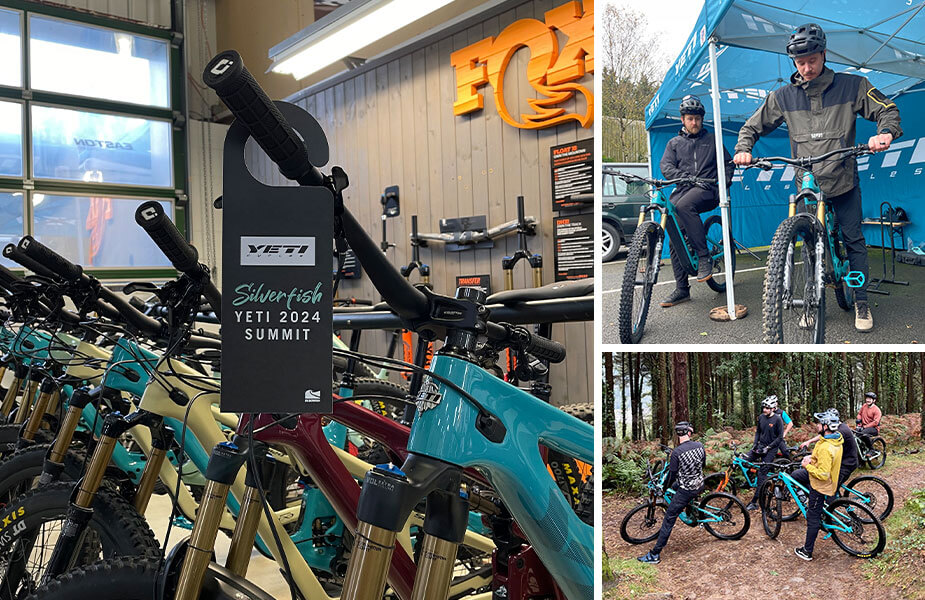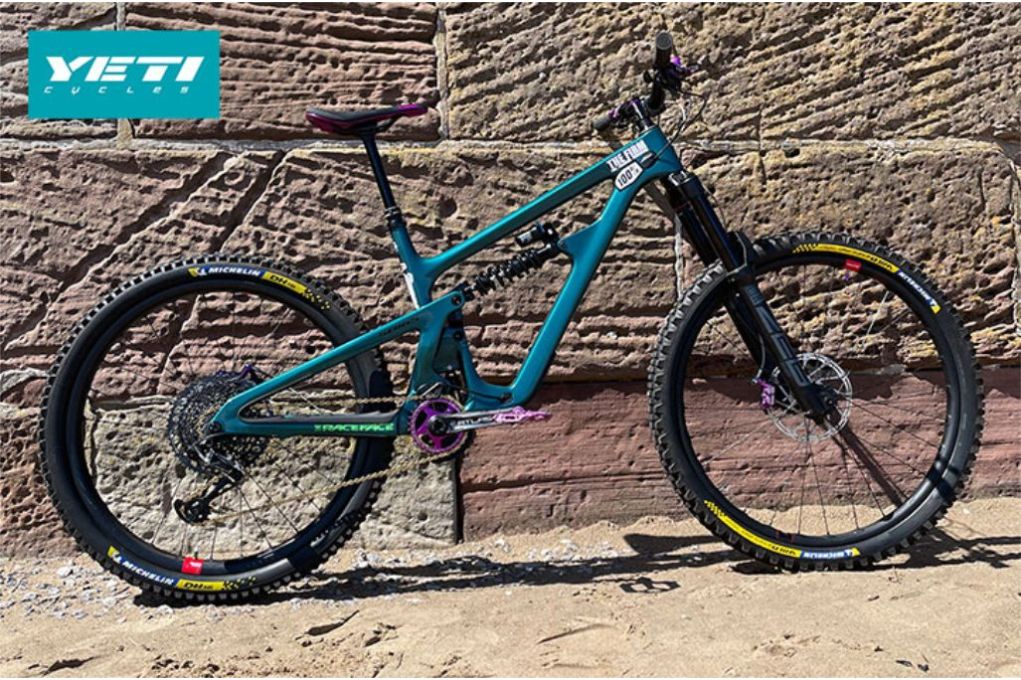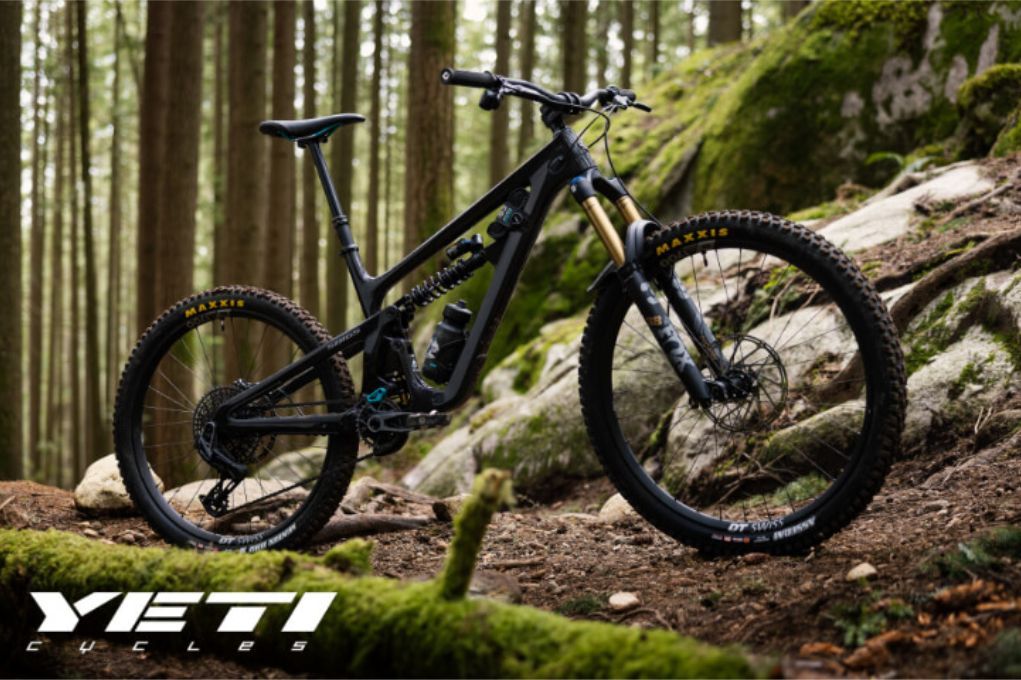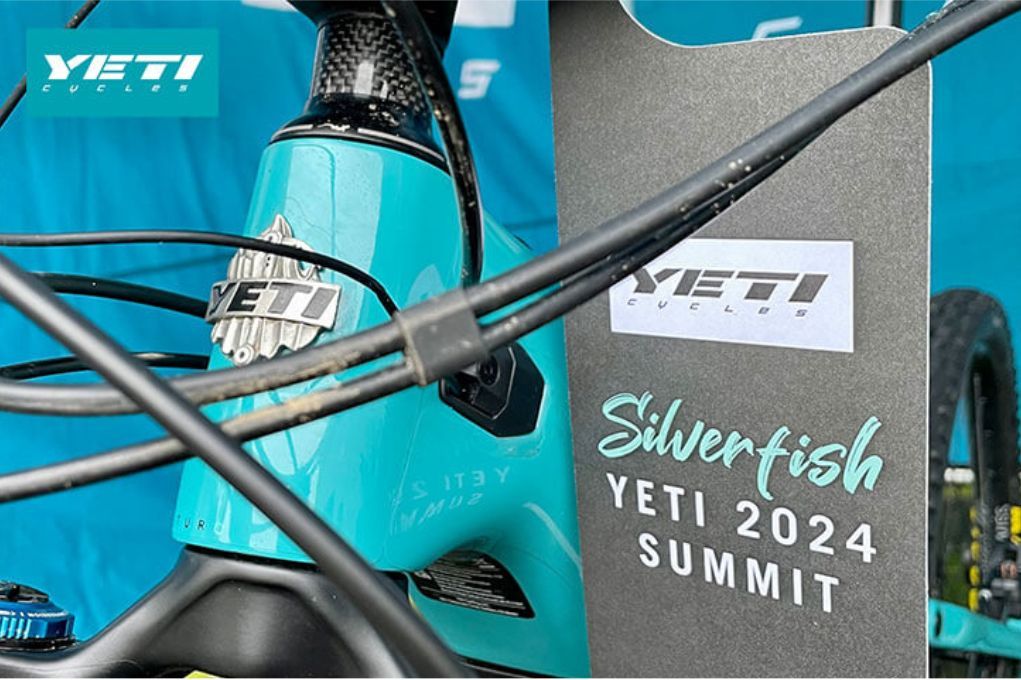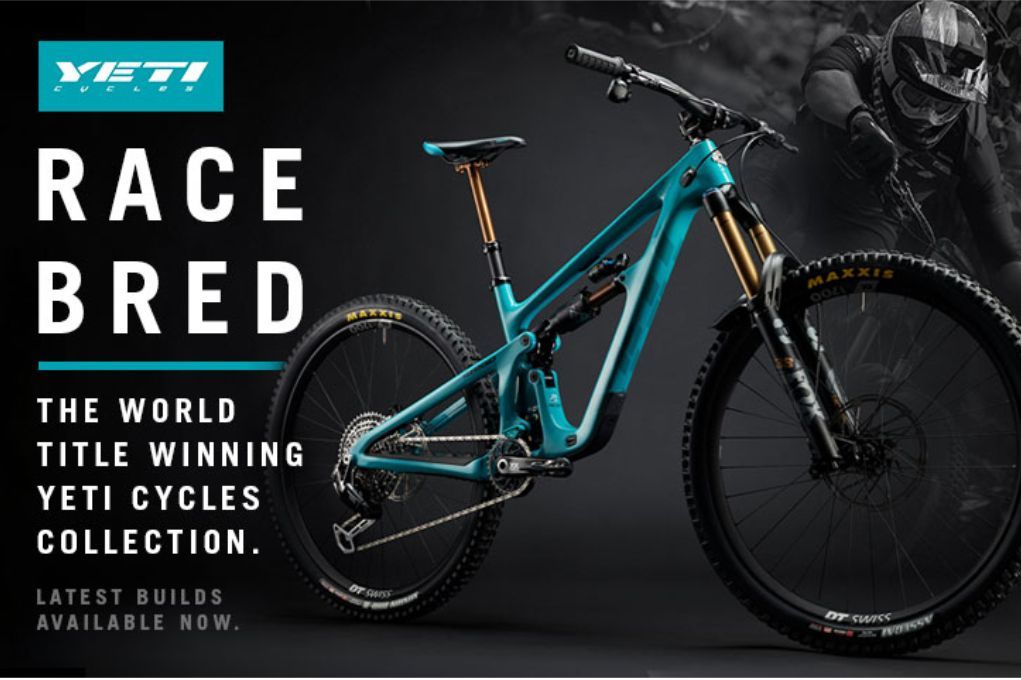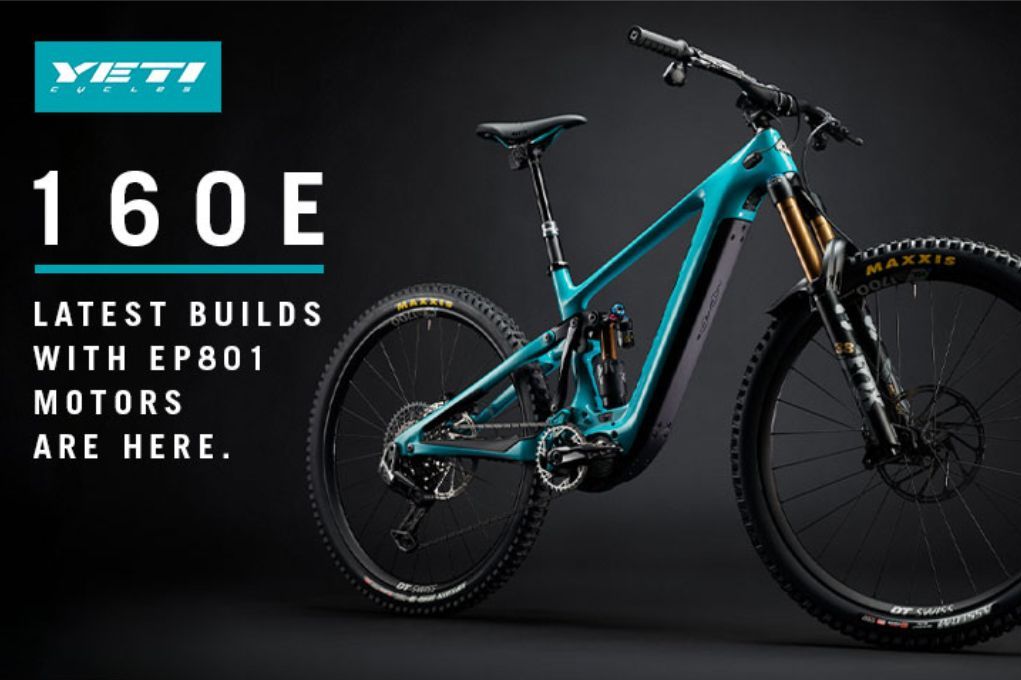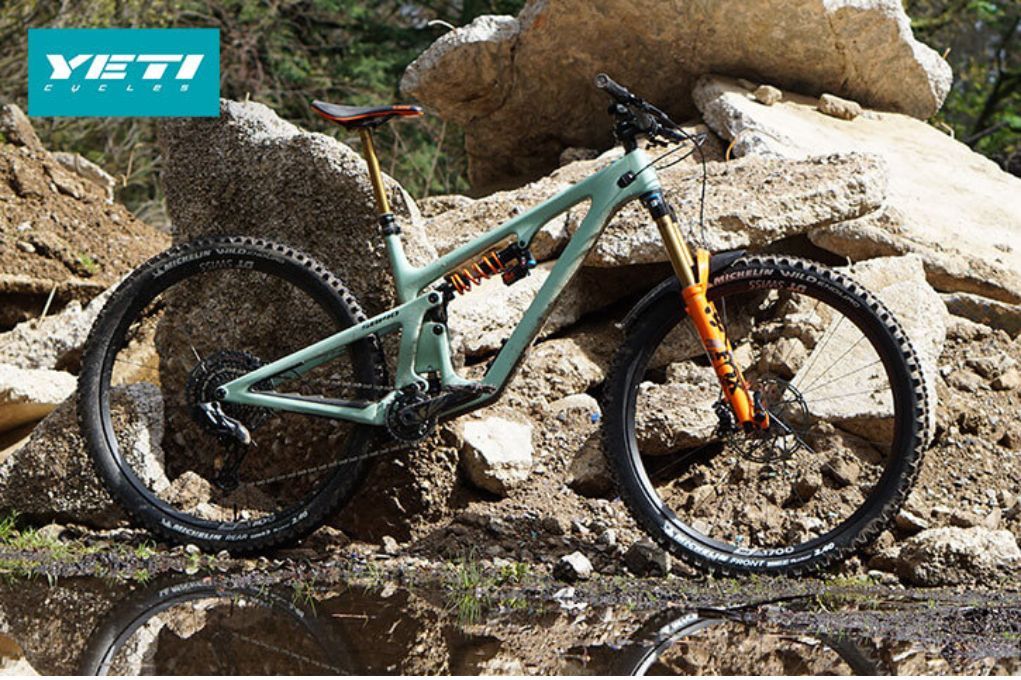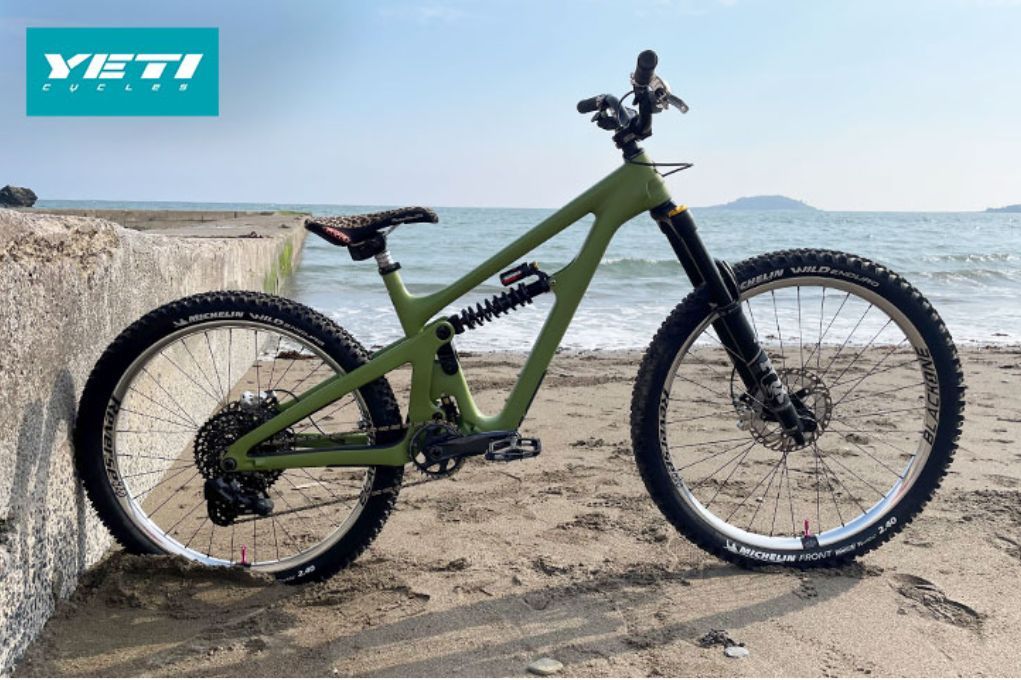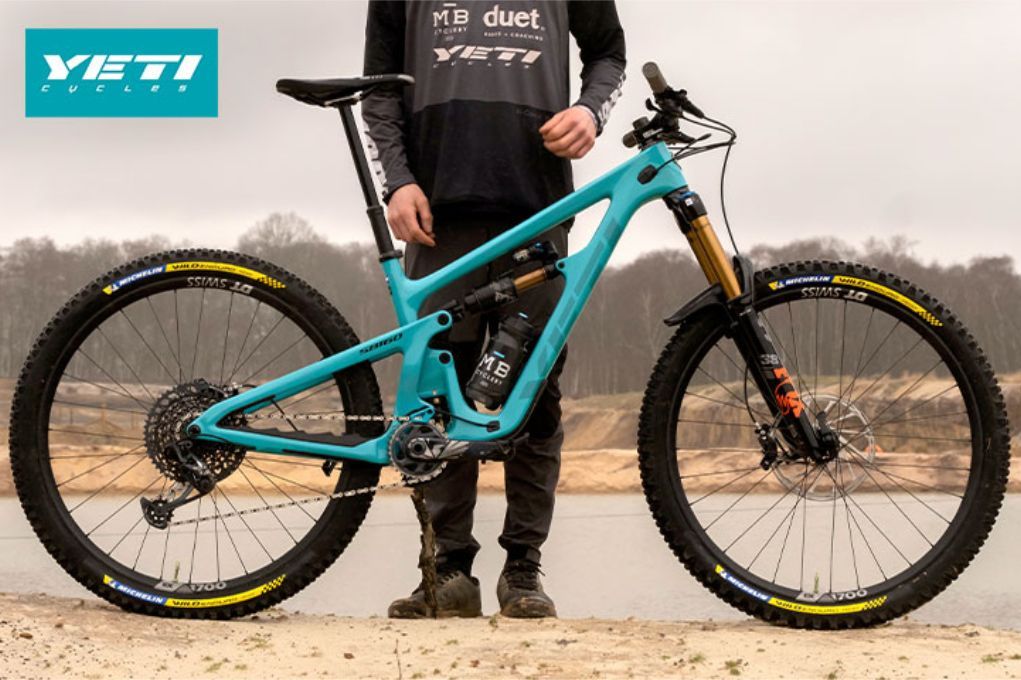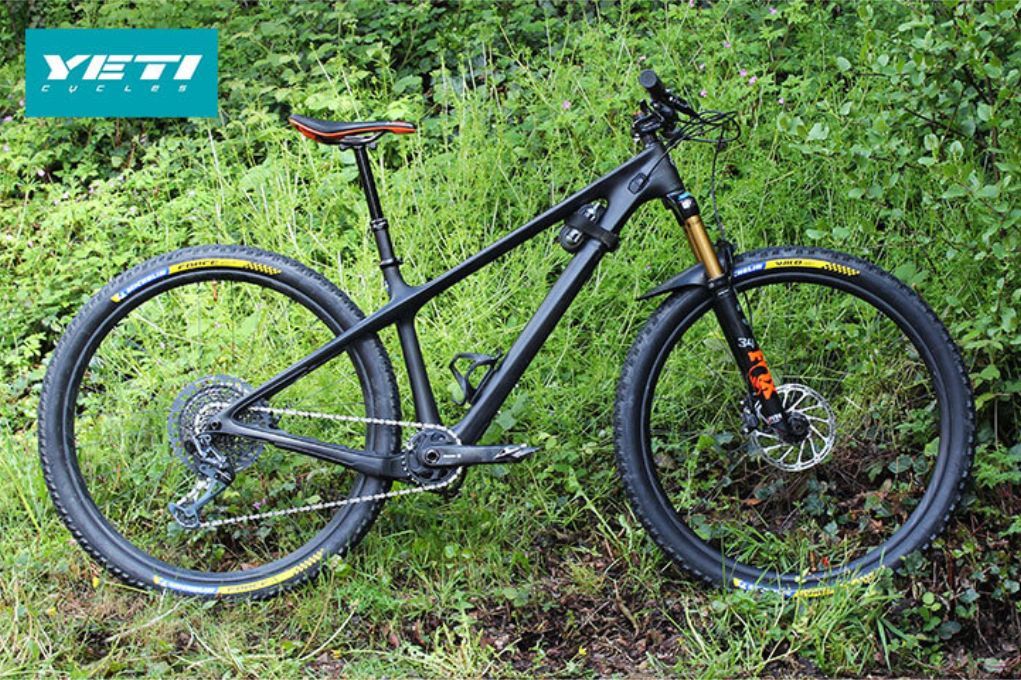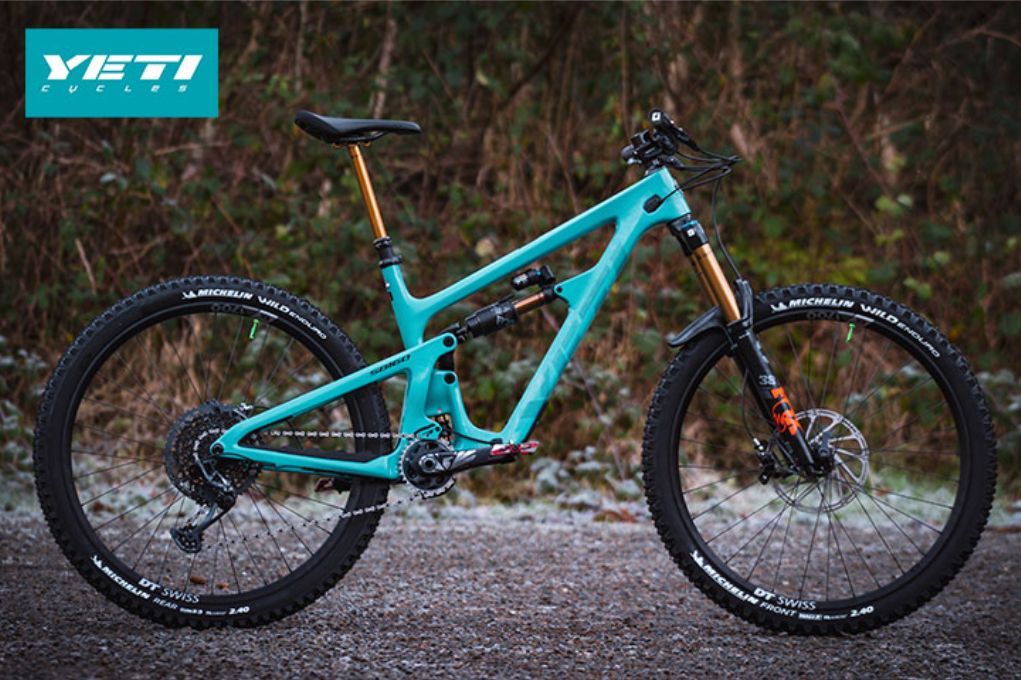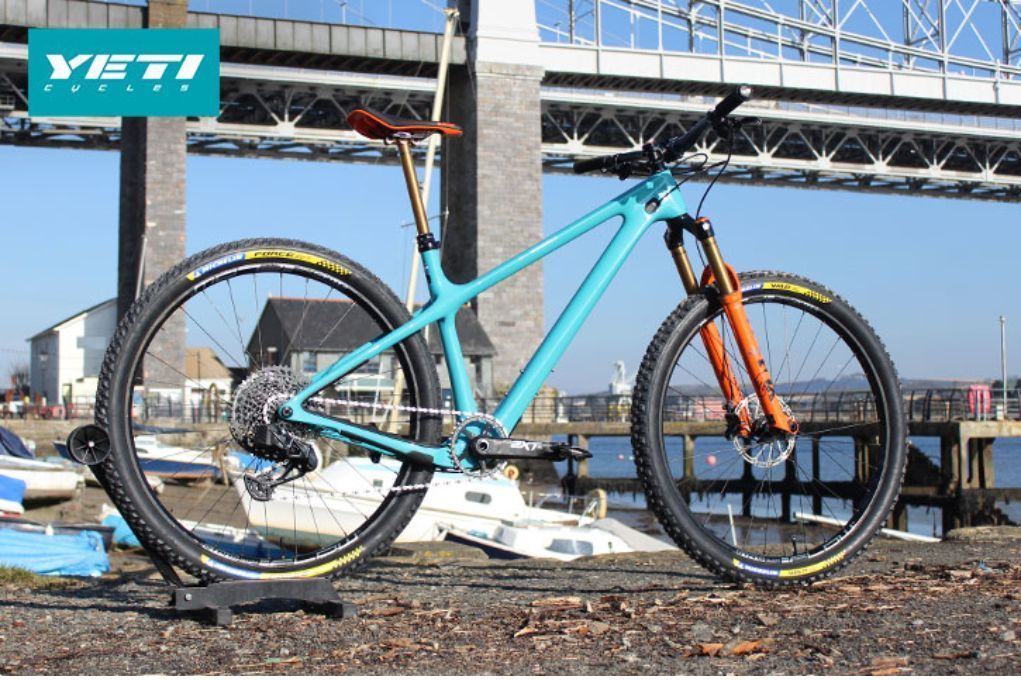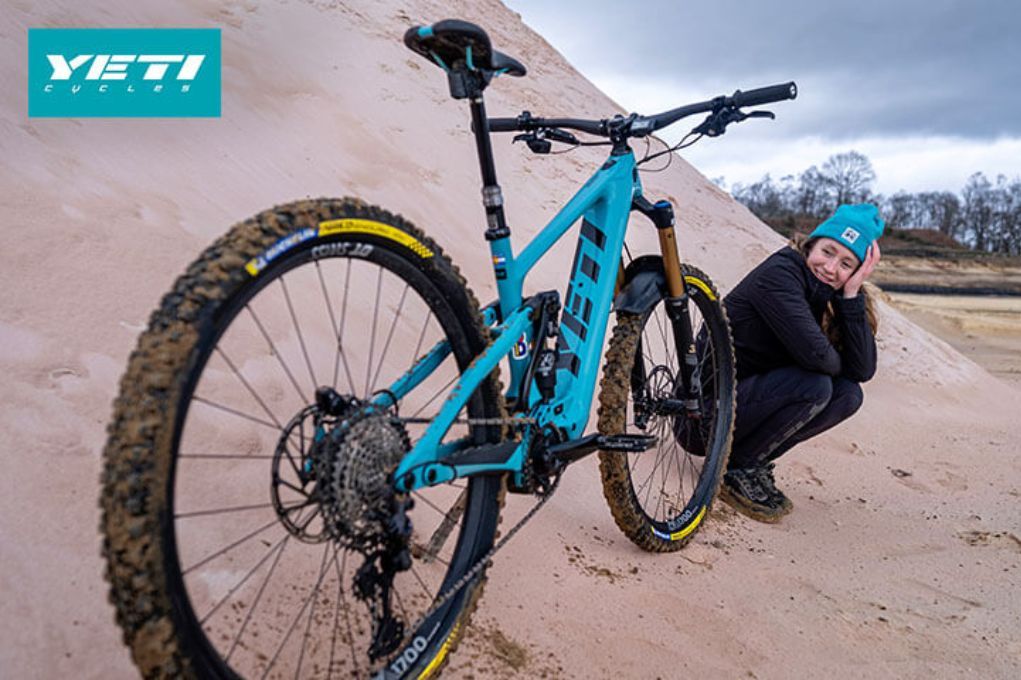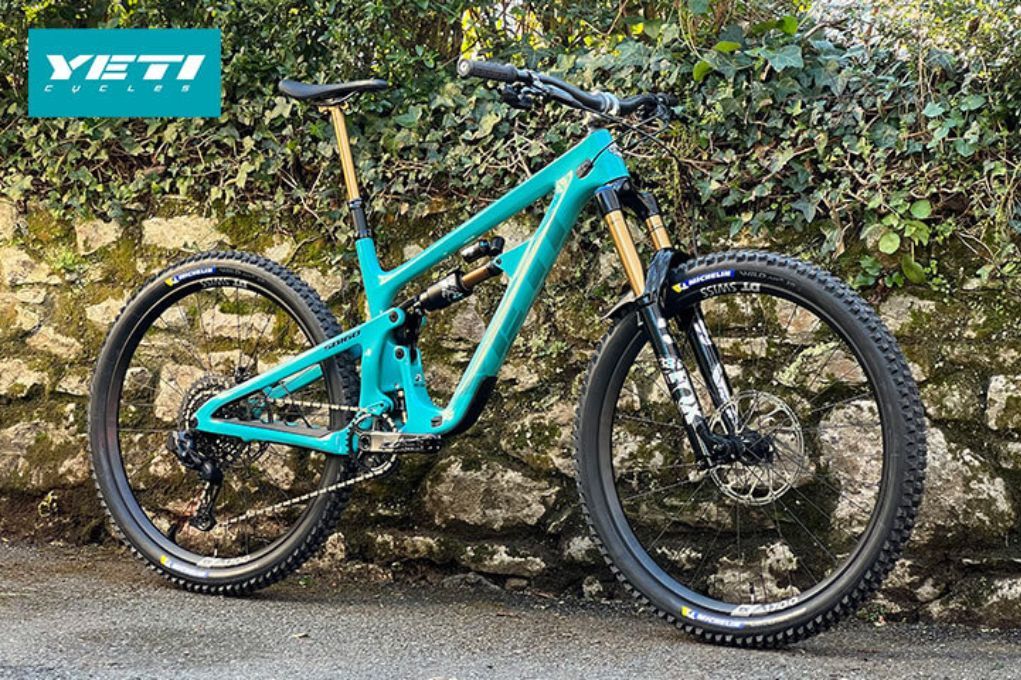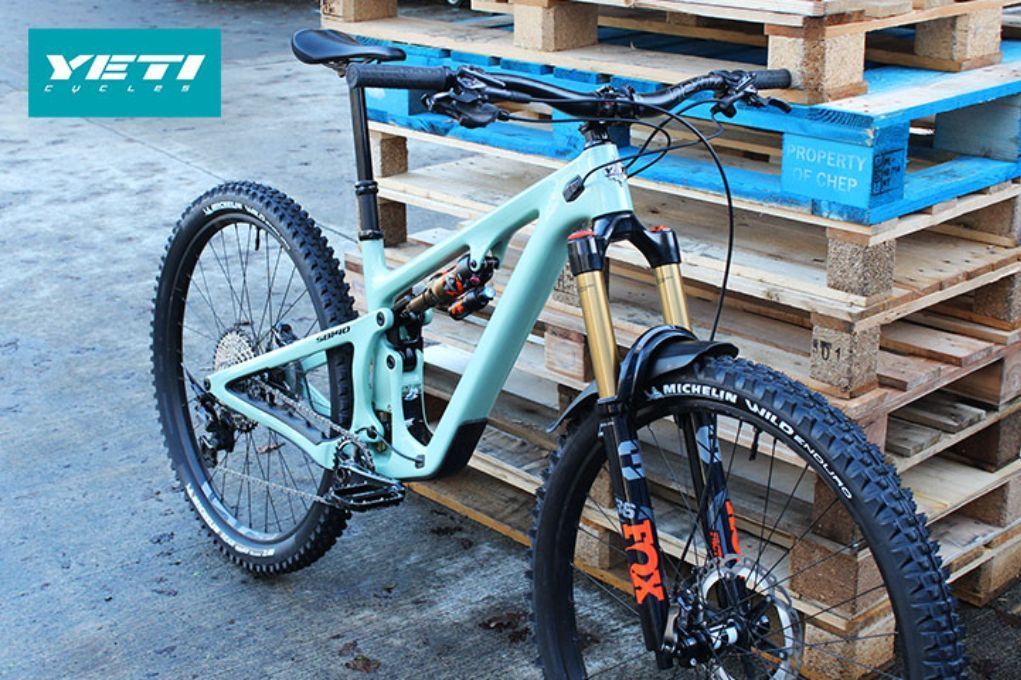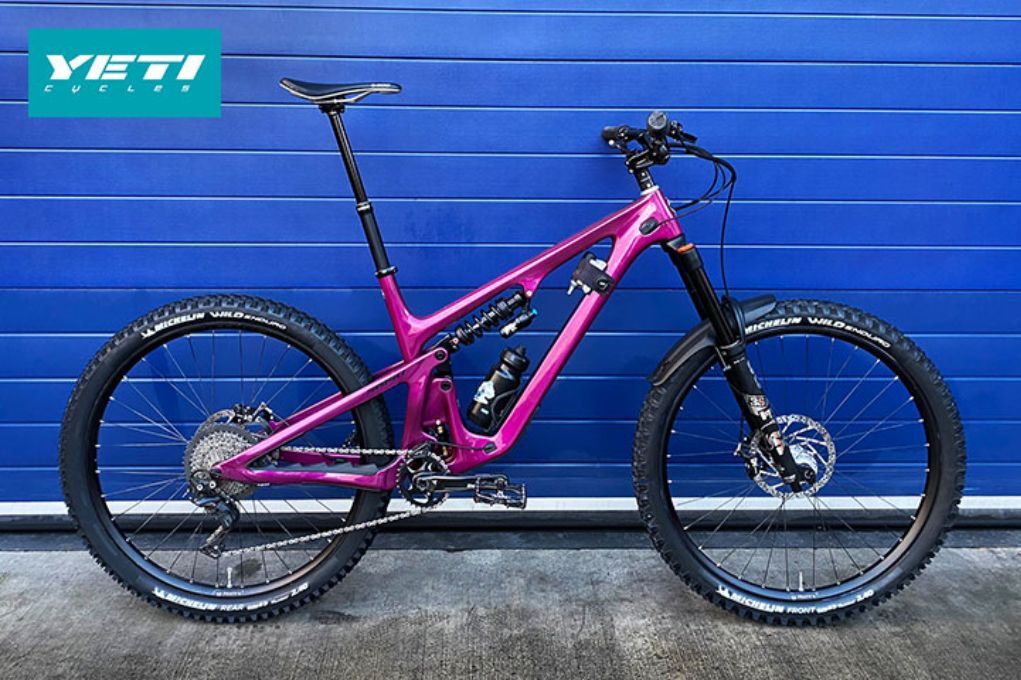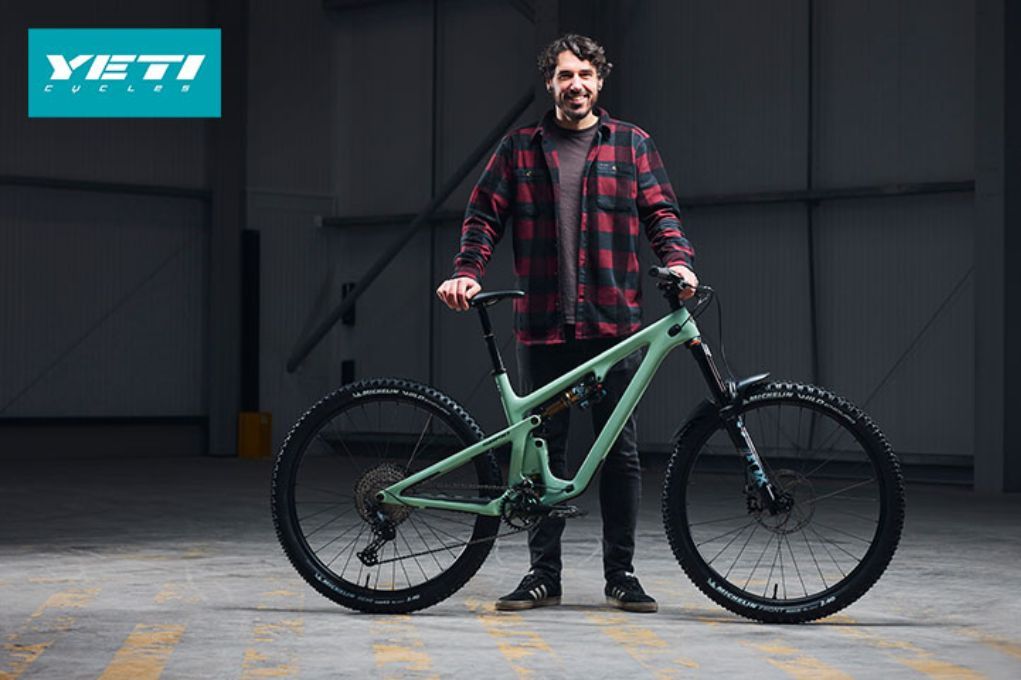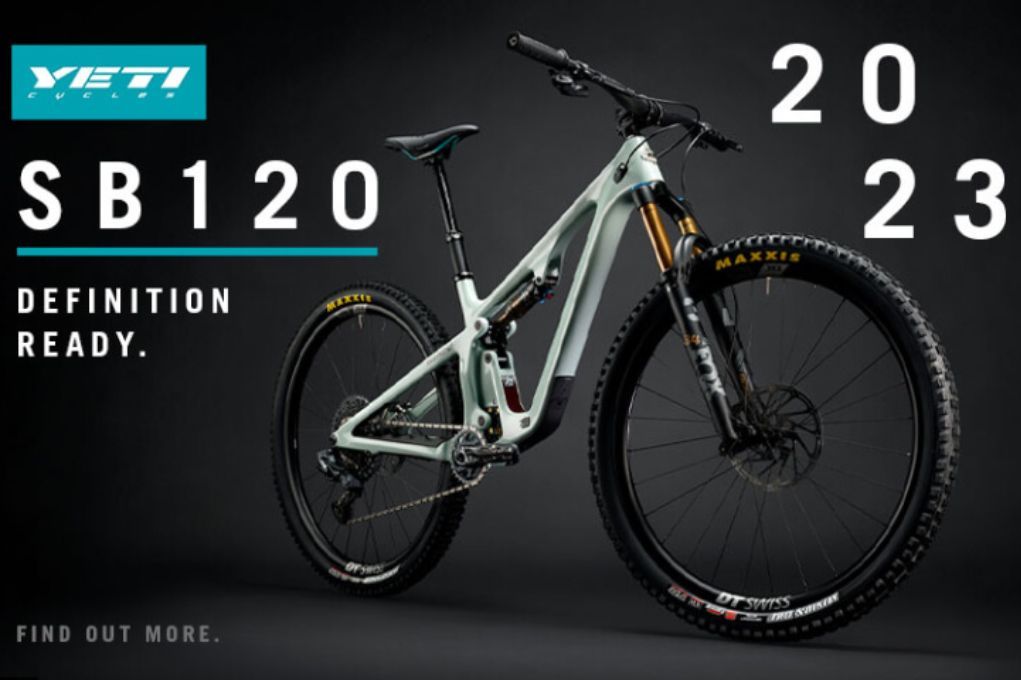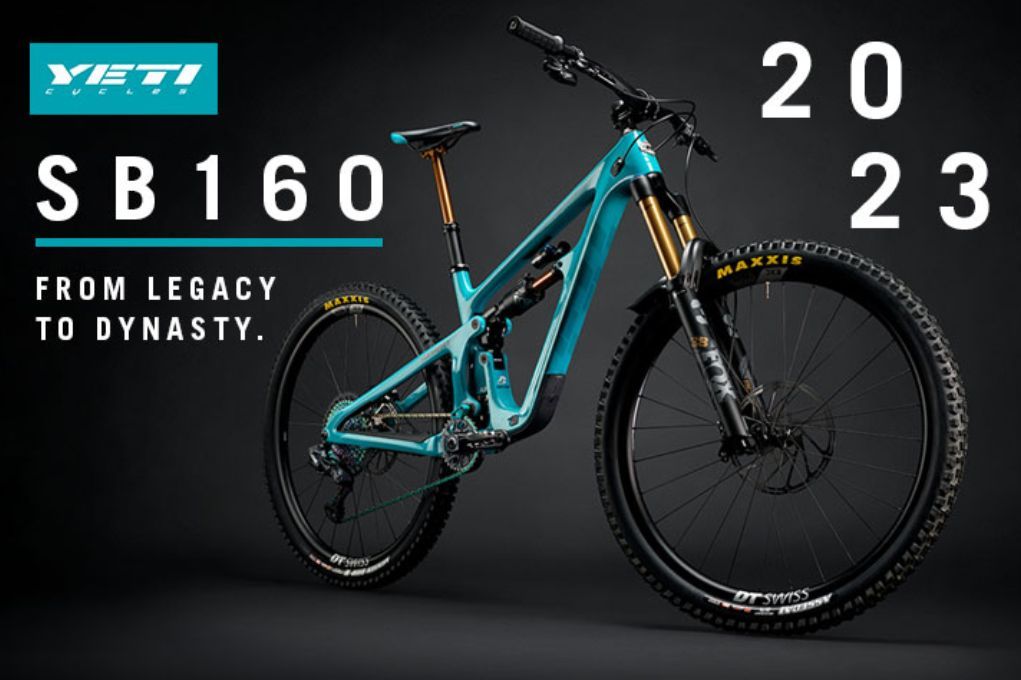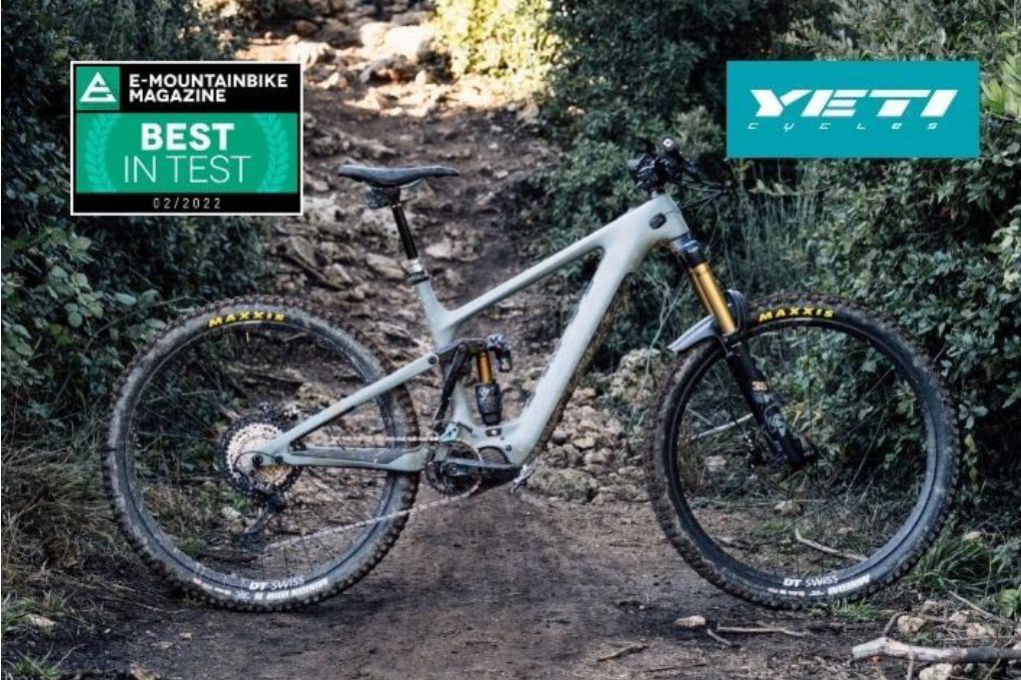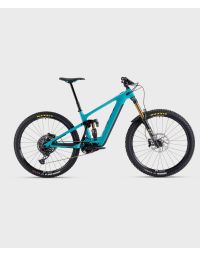ARMEGA SP25
Review: PinkBike - Yeti 160E 2022
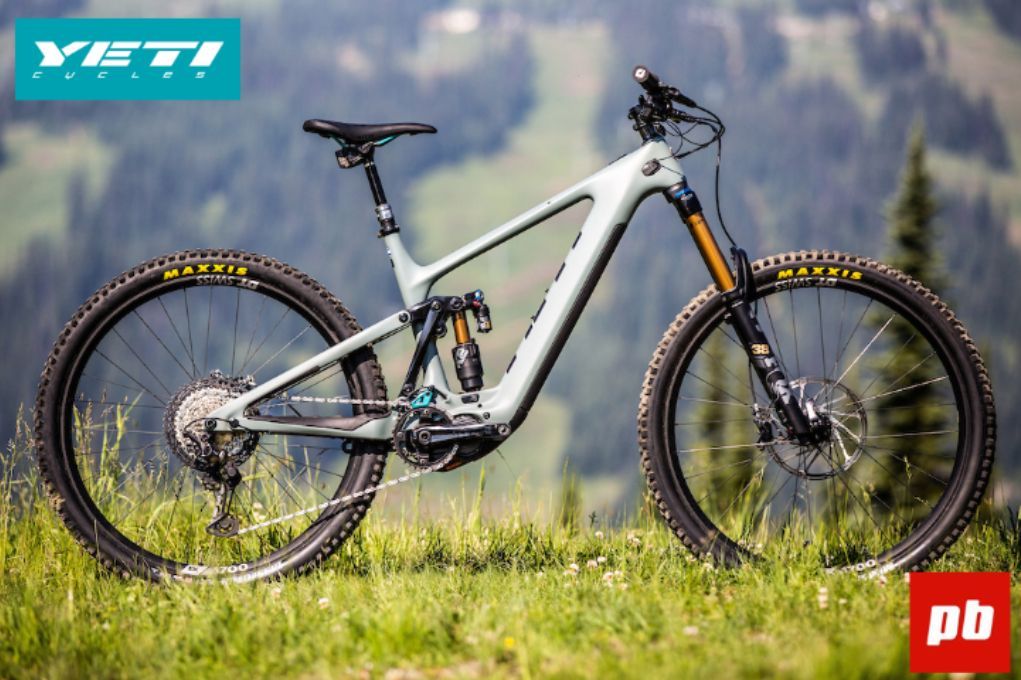
PinkBike has tested the Yeti 160E Bike, here is what they had to say:
Yeti are known for their trail and enduro bikes. Yes, they’ve had plenty of successful results and well-received bikes on either end of the gravity spectrum, but in recent years they seem to be putting more and more of their time and effort into bikes that are meant to go both up and down. In fact, when they announced they were halting their World Cup downhill problem there was a notable concern for their young, and newly crowned junior world champion downhiller, Richie Rude, and what on earth he was going to do. Well, in hindsight I think he’s got by and made a good fist of things...
This, however, is the brand’s first eMTB and it looks very different to the brand's revered Switch Infinity equipped trail and enduro bikes. So, why the change? And how does this thing ride on the trail?
Although the Yeti 160E has a 64.5 degree head angle and a 480mm reach, it’s one of the less radical bikes we have on test. It seems to blend both progressive and tried-and-tested attributes into one bike. It’s got an amply steep 78 degree seat tube angle and substantial 446mm chainstays. At 450mm the seat tube is verging on being too long for a new 2022 bike. It does at least offer a long insertion depth, though.
The bike uses a Shimano EP8 motor. Three of the four e-bikes on this field test use this same motor. In terms of battery size, the Yeti and the Commencal are both the same with a 630 Wh battery. Both are larger than the half-way-house Specialized Kenevo SL, and are somewhat outgunned by the potential 900 Wh on offer by the Norco’s largest battery option.
The Sixfinity suspension system, which has been developed for several years behind the scenes, is similar to the Switch Infinity system in that the lower link switches directions as the bike cycles through its travel.
The six bar suspension system has three different chips, but it’s not to tweak your geometry. There are 25, 30 and 35% flip chip options to help riders fine tune the progressivity of the suspension. Changing these chips will have a small impact on travel at around 2mm. Now, that’s how you do flip chips.
At the sag point, anti squat values are around 100%. There is only 8.6% change across the spread of the cassette at sag - which is important as that’s where we spend most of our time pedaling the bike. This is relevant as on an eMTB you can often be turning bigger gears and muscling up climbs that you normally wouldn’t. As you hit what Yeti refer to as the inflection point, where the lower link changes direction, anti-squat values drop off massively, in order to improve the feel of the suspension on those bigger hits.
The bike uses an anti-rise value of around 70% that is relatively flat throughout the travel. They did this in a bid to preserve geometry while also striking a balance with all out braking traction.
I really like this bike for the clean routing that is able to house left hand rear brakes with ease. I don’t know proportionally how many riders this will affect but either way it’s a nice touch. Yeti also offer their own bars to try and neaten up the cables.
There is plenty of room for a large water bottle on most sizes. That said, small frame users aren’t so fortunate and will have to use a particular bottle from Yeti. There is no mixed wheeled option. However, Yeti say that they're not adverse to people mulleting their bikes.
There are three levels of the 160E. There will be the C in two flavours, one with carbon wheels and one without, for $10,100 and $11,000 respectively.
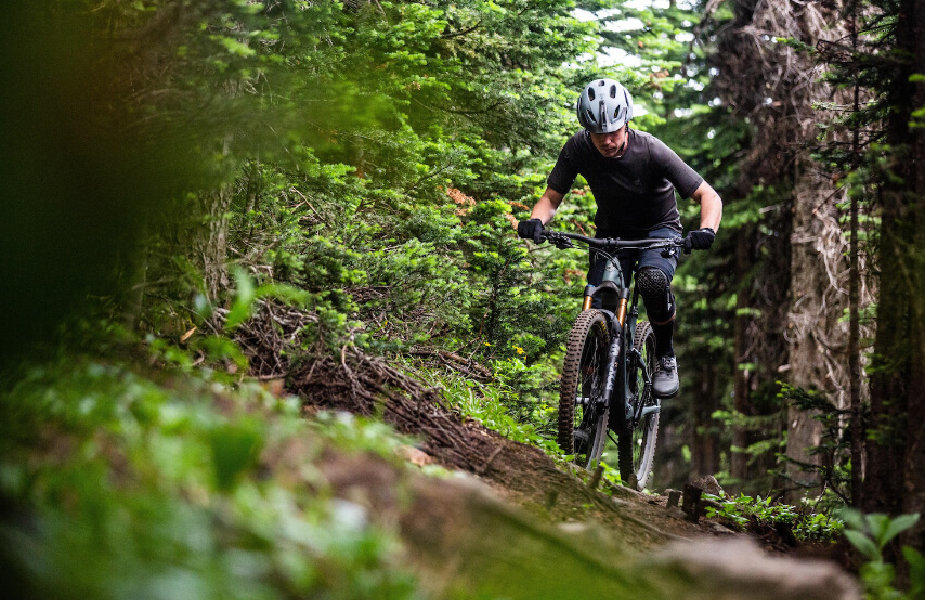
Then there will be the T model. Again, in two options. We tested the $12,700 model. If that is not quite rich enough for your blood there is a $13,600 model which features carbon wheels.
The build options do have some nice features across the board though. For instance, 220mm rotors on all models make so much sense on an e-bike. Although, the EXO+ front tyre does leave me a little confused and think it's a slightly strange option. I mean, the bike literally comes with a motor, let's not sweat a few grams. I really do like the 160mm cranks and think it's a great spec choice. They’re going to provide more clearance and let you climb even techier climbs with one less thing to worry about. I also like the AXS dropper with one less cable.
Ultimately, it is a huge chunk of cash for this bike and, in the highest build option, costs nearly as much as two Commencals. It’s going to have to be a lot of bike to get anywhere near justifying that. So how does it fare?
Climbing
Of the bikes on test, I spent the most time climbing the Commencal and the Yeti. Whilst the Commencal got the job done, it didn’t generate the same level of grip or support as the Yeti. You can leave the 160E’s climb switch open and either churn it out in eco or point and shoot in a higher mode and it’s amazing what it will get you up. If this was my bike, I’d run it open all the time.
At 23.4 kg it’s the lightest Shimano equipped e-bike on test but I wouldn’t say it was the weight that made the difference. The Sixfinity, silly name aside, really is a great system and it’s something that left me thoroughly impressed. Out the saddle and with the motor whirring there is grip galore. It provides very consistent anti-squat values across the whole cassette, which is good for hard charging on an e-bike.
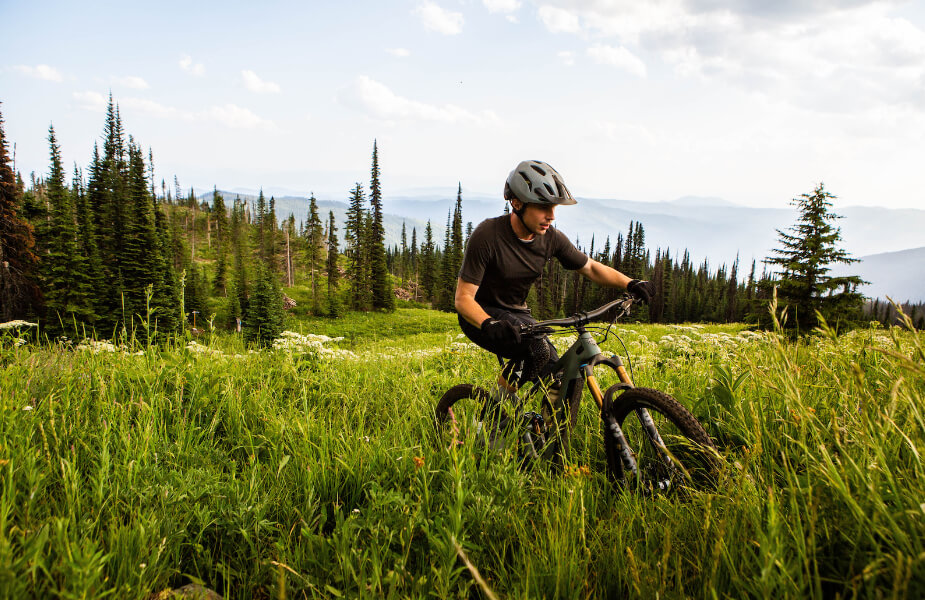
The platform of the suspension really does manage to balance the needs of a modern mountain bike remarkably well, motor or not. The Yeti is a bike that tackles climbs with a great amount of poise and control. Its suspension combines sensitivity and support in a great all-round climbing package.
The problem is that something that has so much weight behind the steering axis such as an eMTB can often feel at risk of the back wanting to overtake the front as you charge through the rough stuff. If it was slacker, and the front center longer, I feel that it would negate this problem and feel more secure. This is also somewhat exacerbated by the suspension riding higher in its travel with not an astoundingly high anti-rise value - in all most other instances this is great, but in this one situation it would be nice to have the bike hunker down a little. It’s a great system, but on steep trails it just feels like it yearns for more stability. I think to make the most of this system it would be great to see it on a bike with more aggressive geometry.
It’s got a very different feeling to something like the Commencal. See, I’m not against bikes dipping into their stroke a little more as you apply the brakes but often if that’s the case I want something that is slacker - bikes like that can brutalise choppy terrain and I think the two ideas can play nicely with one another. The suspension system the Yeti has is in keeping with its ever so slightly more conservative head angle.
That said, I took this bike down the fastest, roughest trails I could find where you’re just about doing everything you can to slow up for turns. If that isn’t something you might find yourself doing then having the slackest bike may well not be your priority. And that’s okay, we all enjoy different types of riding, after all. The Yeti's geometry isn't a particularly daunting proposition and in some ways I wonder if that was a deliberate choice.
For something that tracks so well the bottom out resistance is very impressive. Deliberately hucking to flat or overshooting jumps didn’t faze the Yeti. Admittedly, in the days of testing, we had here at Sun Peaks, I prioritised knowing one setting very well rather than experimenting with each chip orientation. I think it’s great to offer that level of tuning to the end-user but I was actually very happy in the middle setting. Maybe going to a higher level of progression could have helped me get into the stroke by running a lower spring rate over rougher or steeper terrain but all in all, I enjoyed the characteristics the suspension offered, it was the head angle that I would love to change.
Read the full article here

